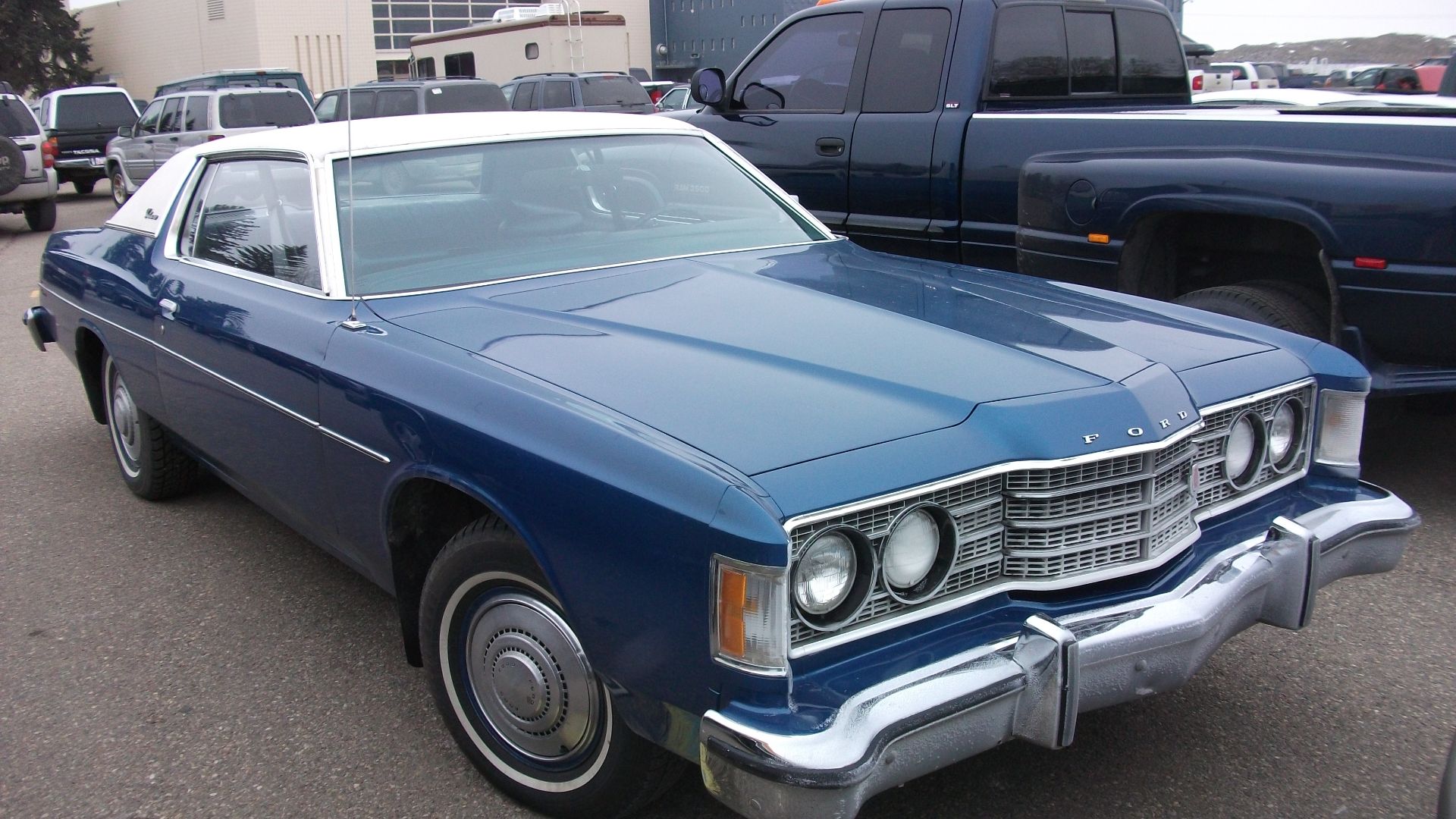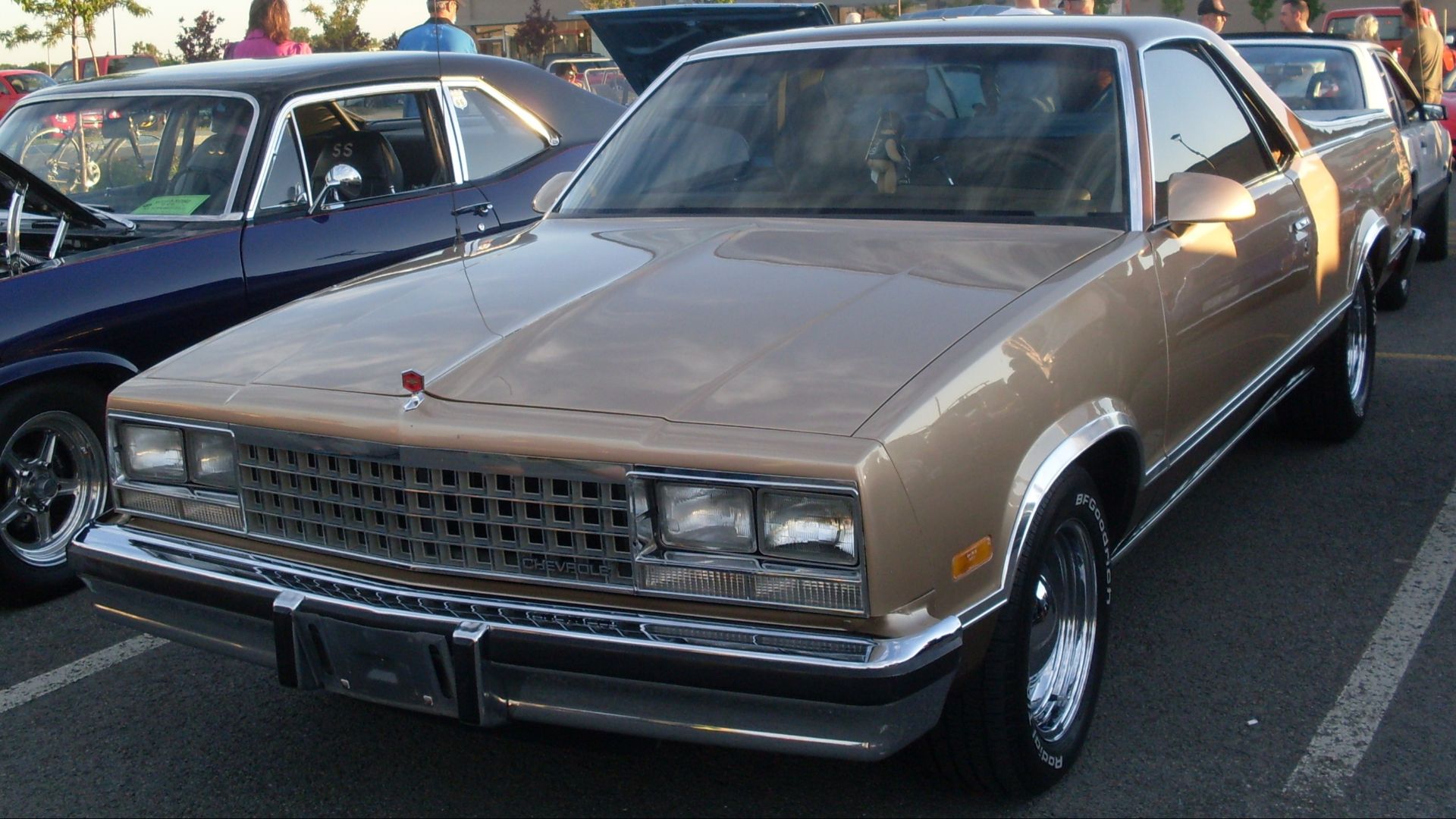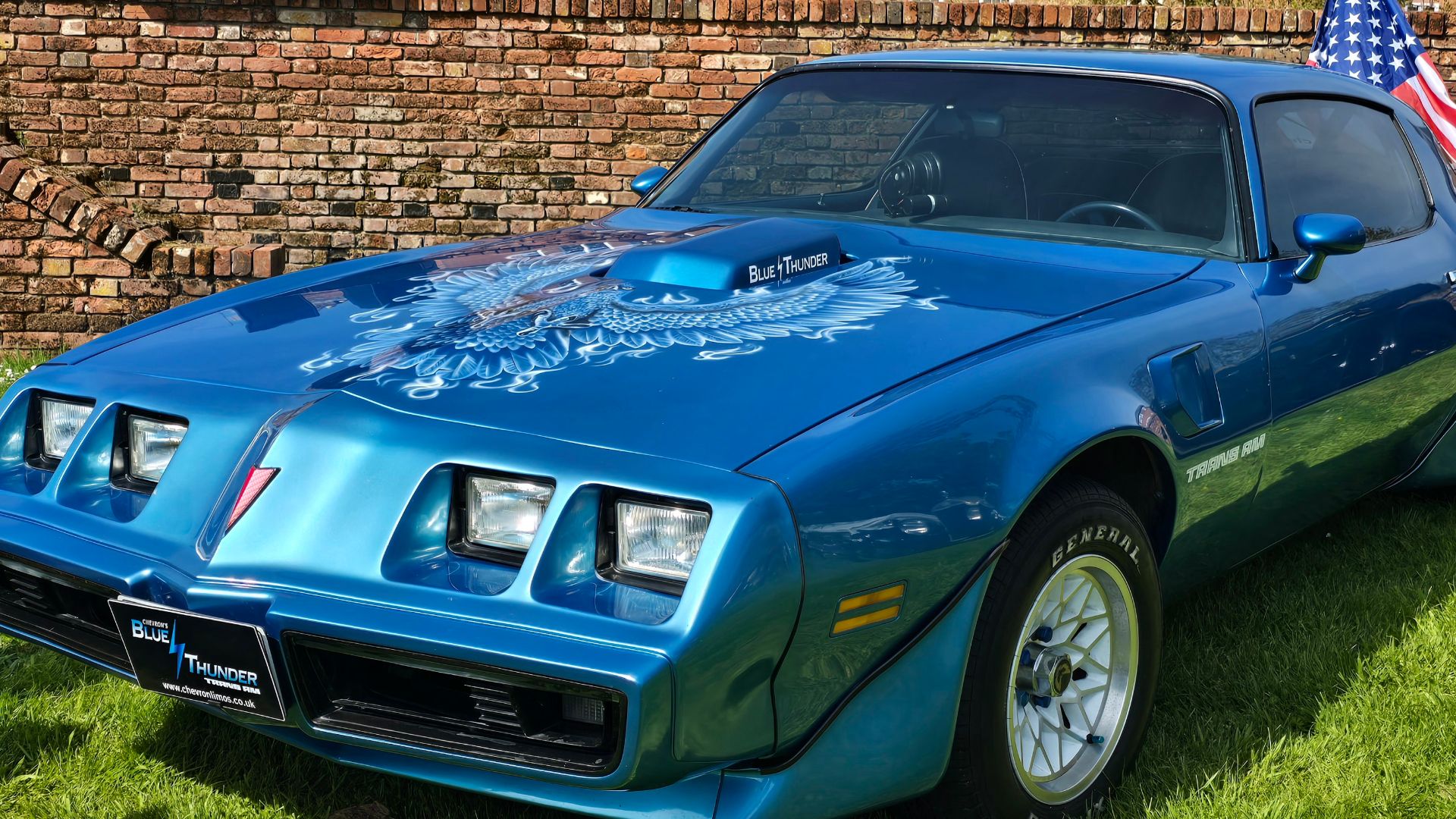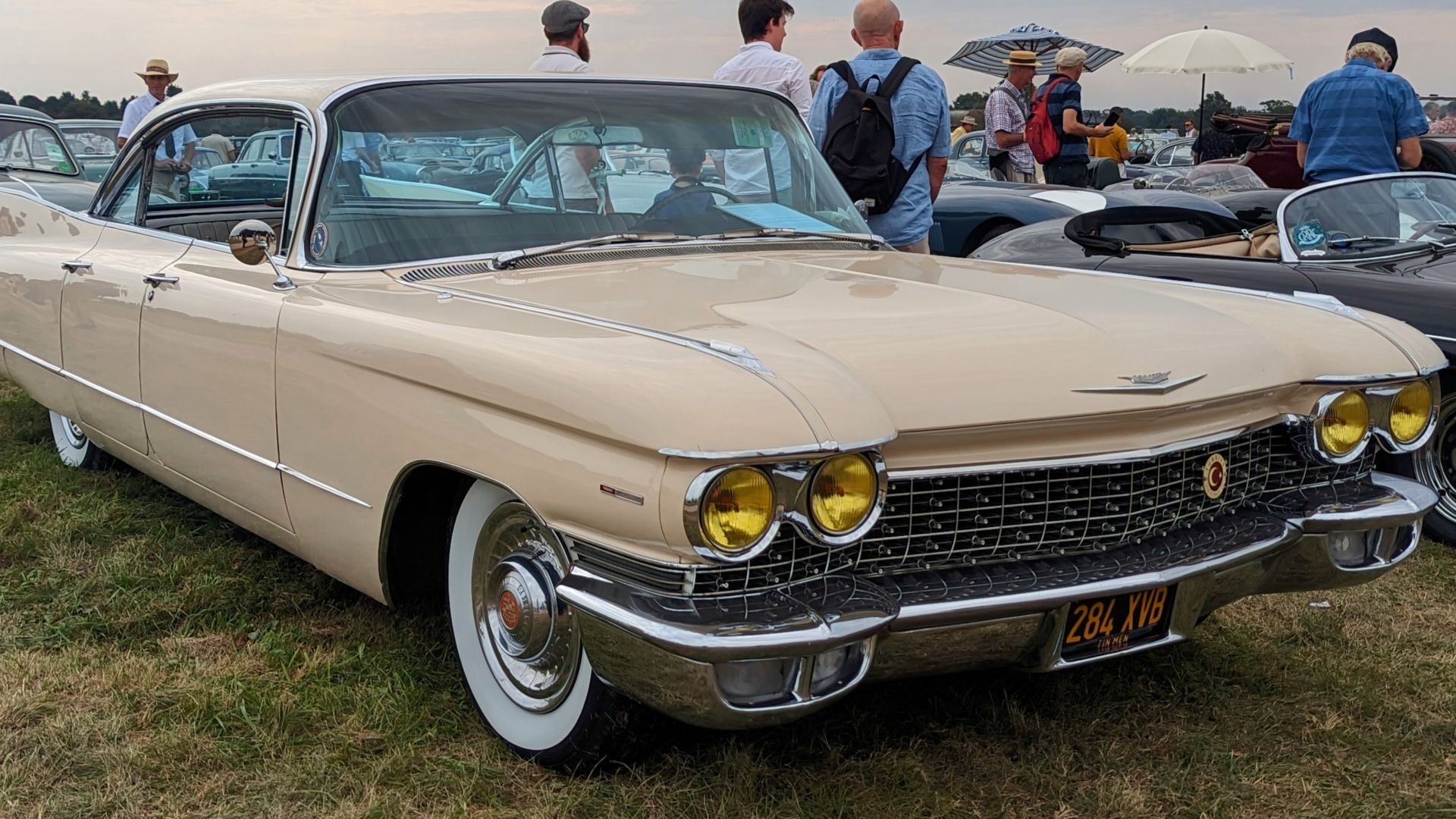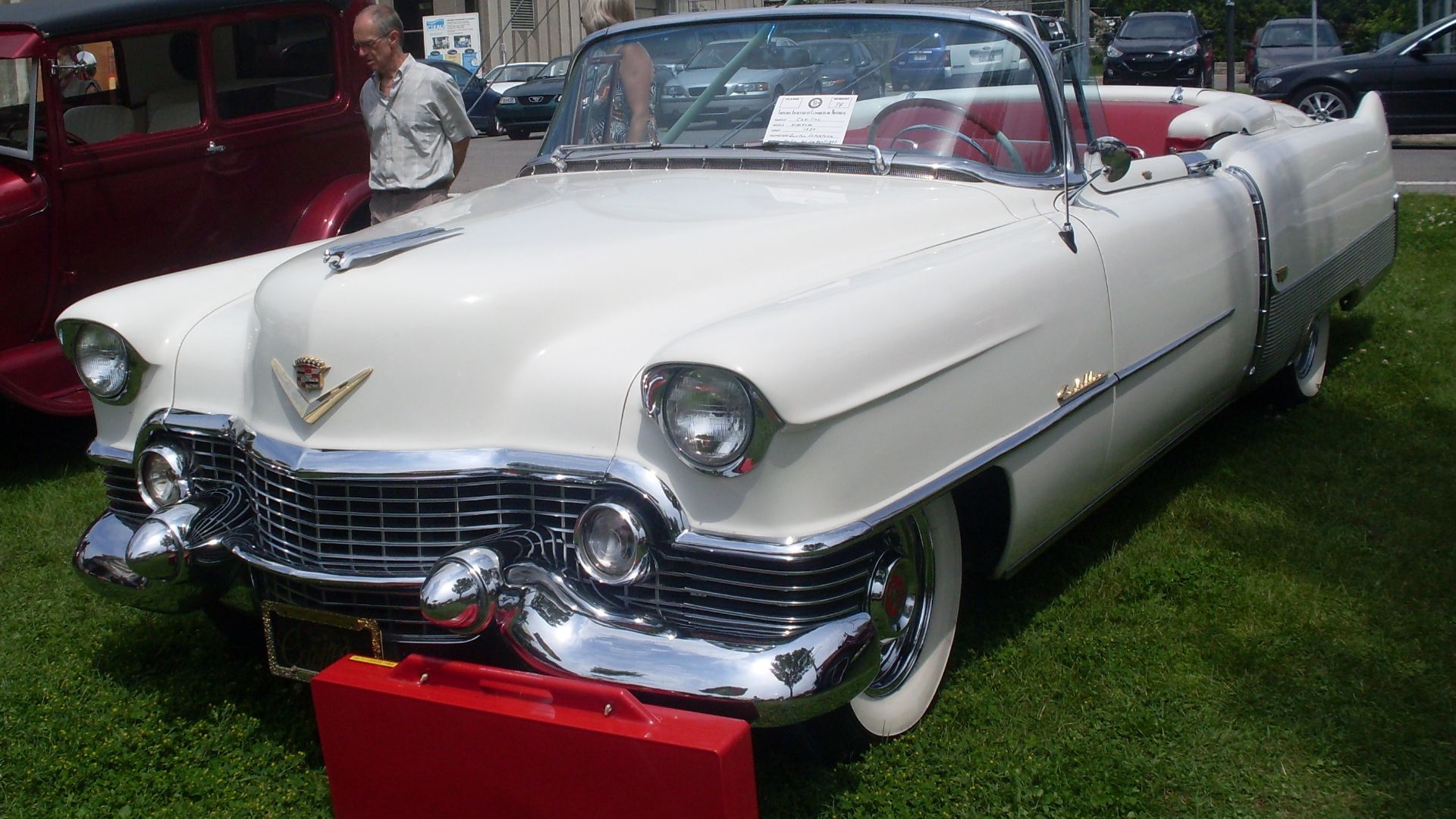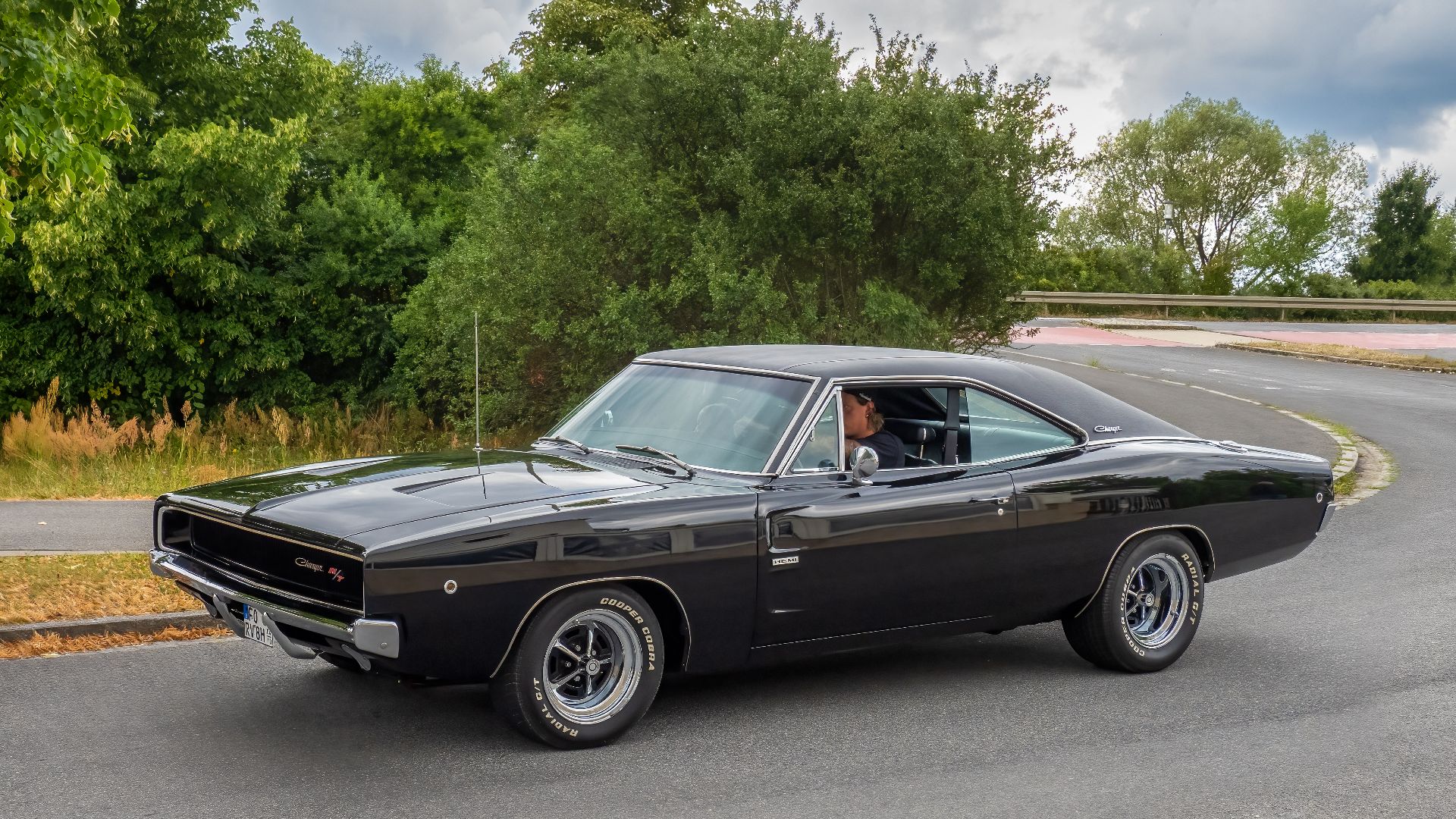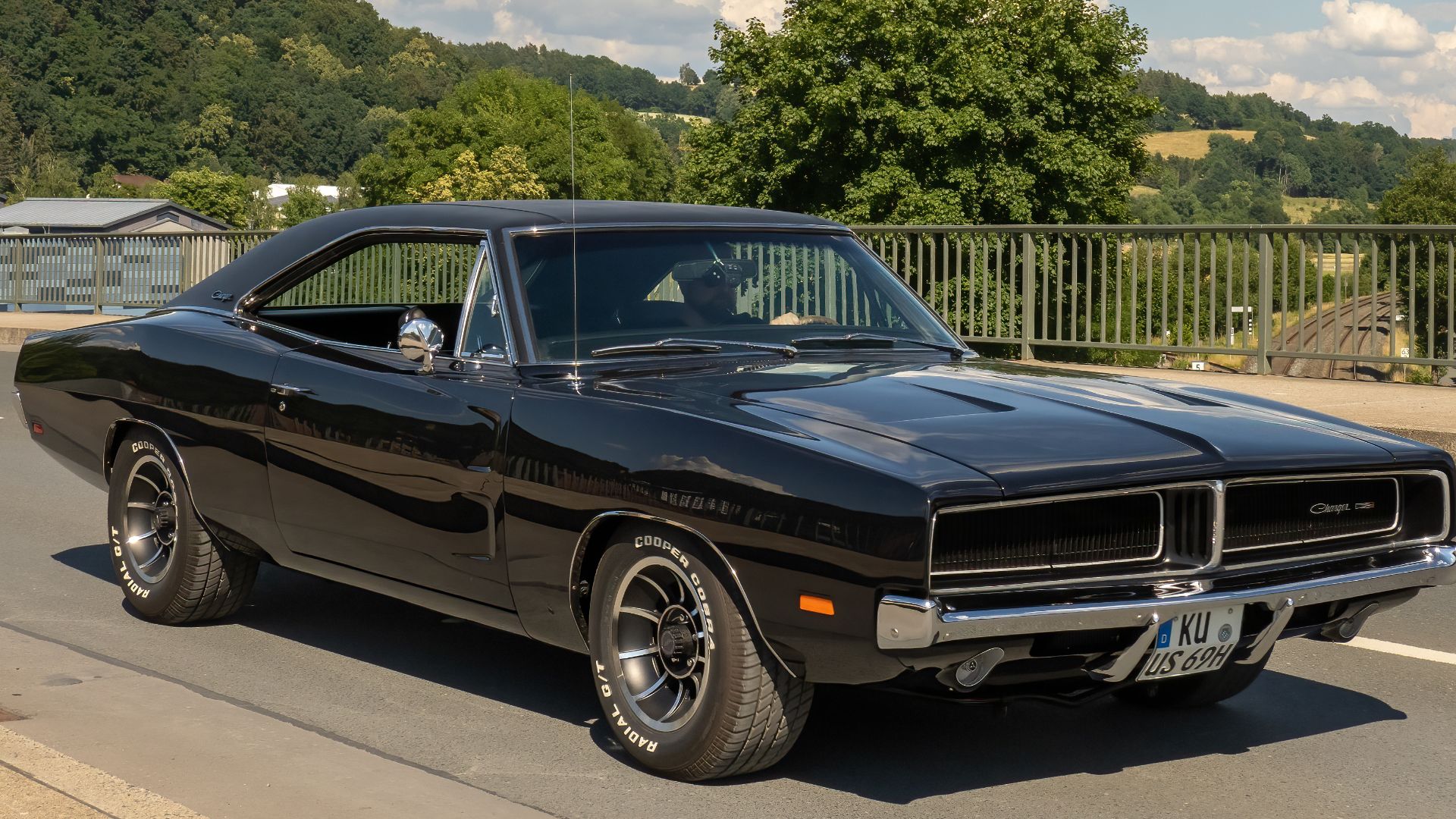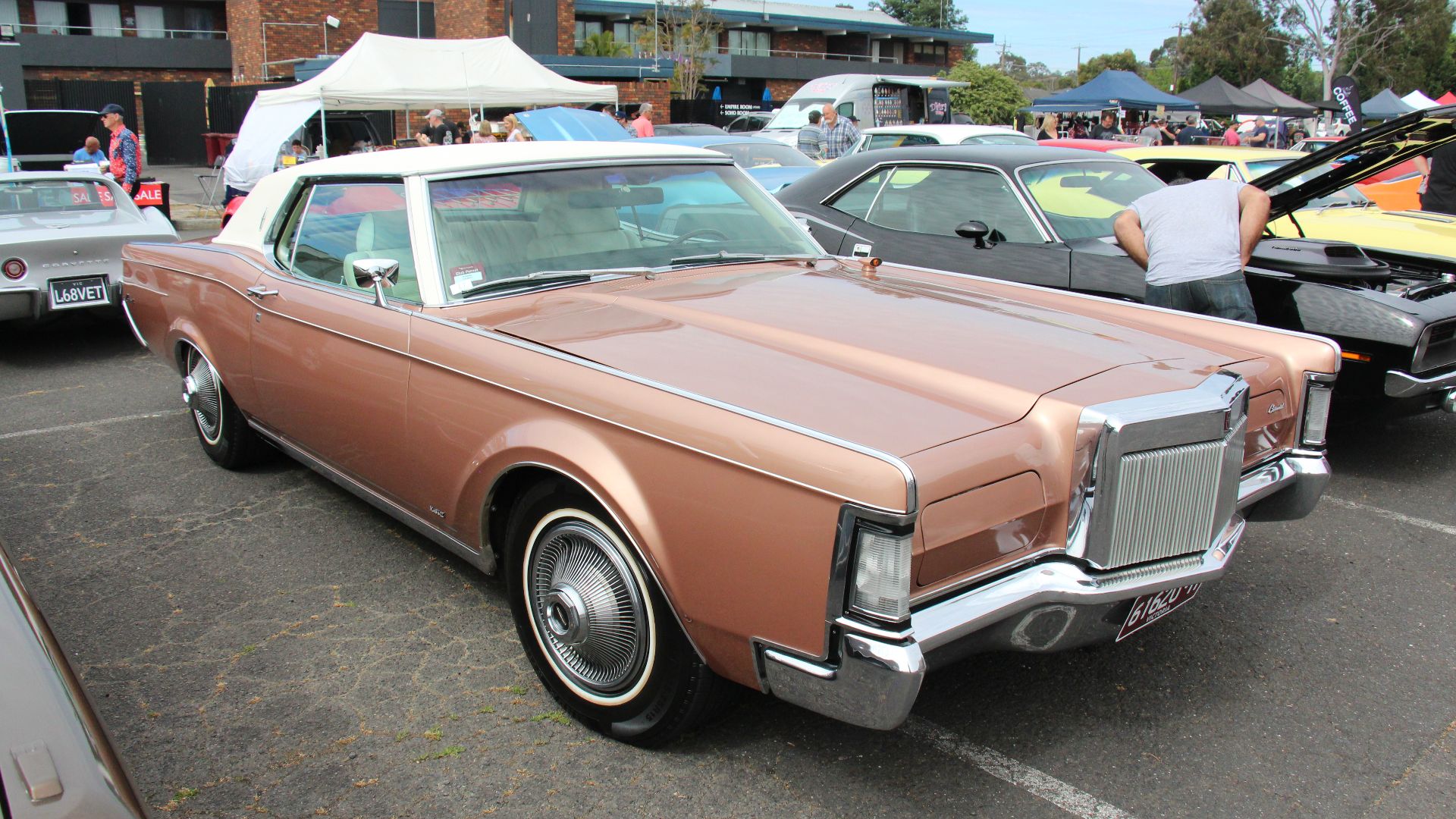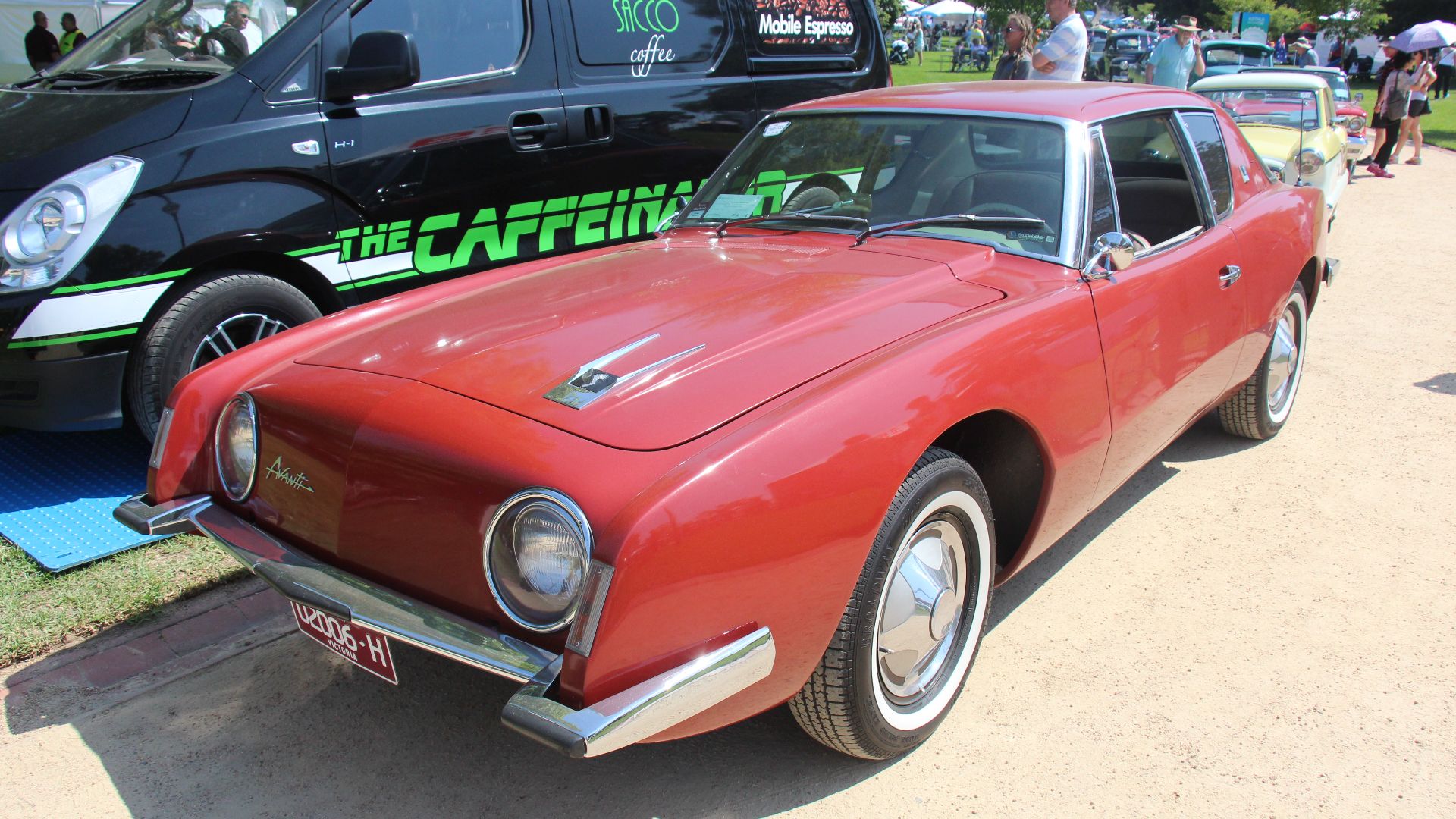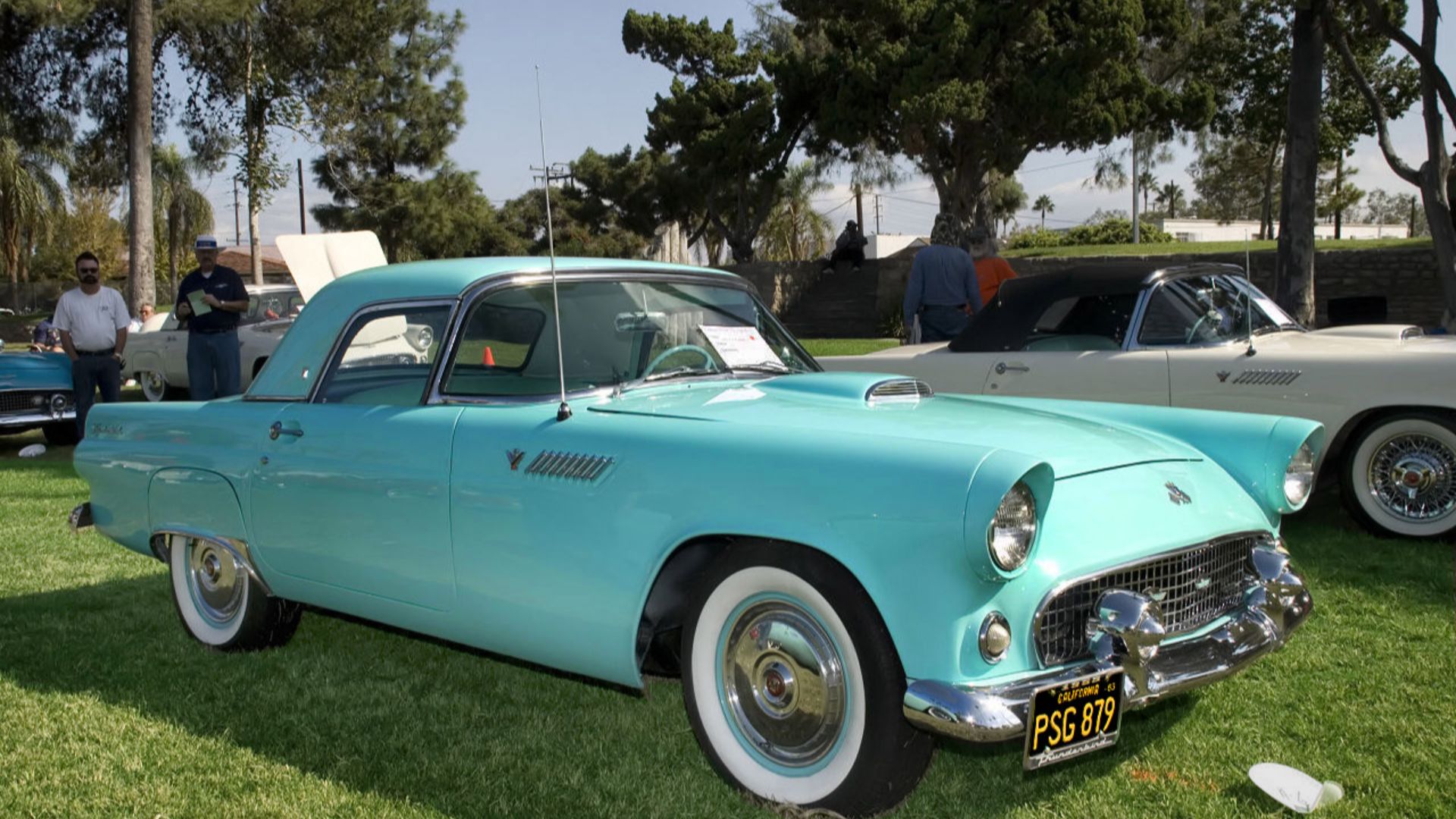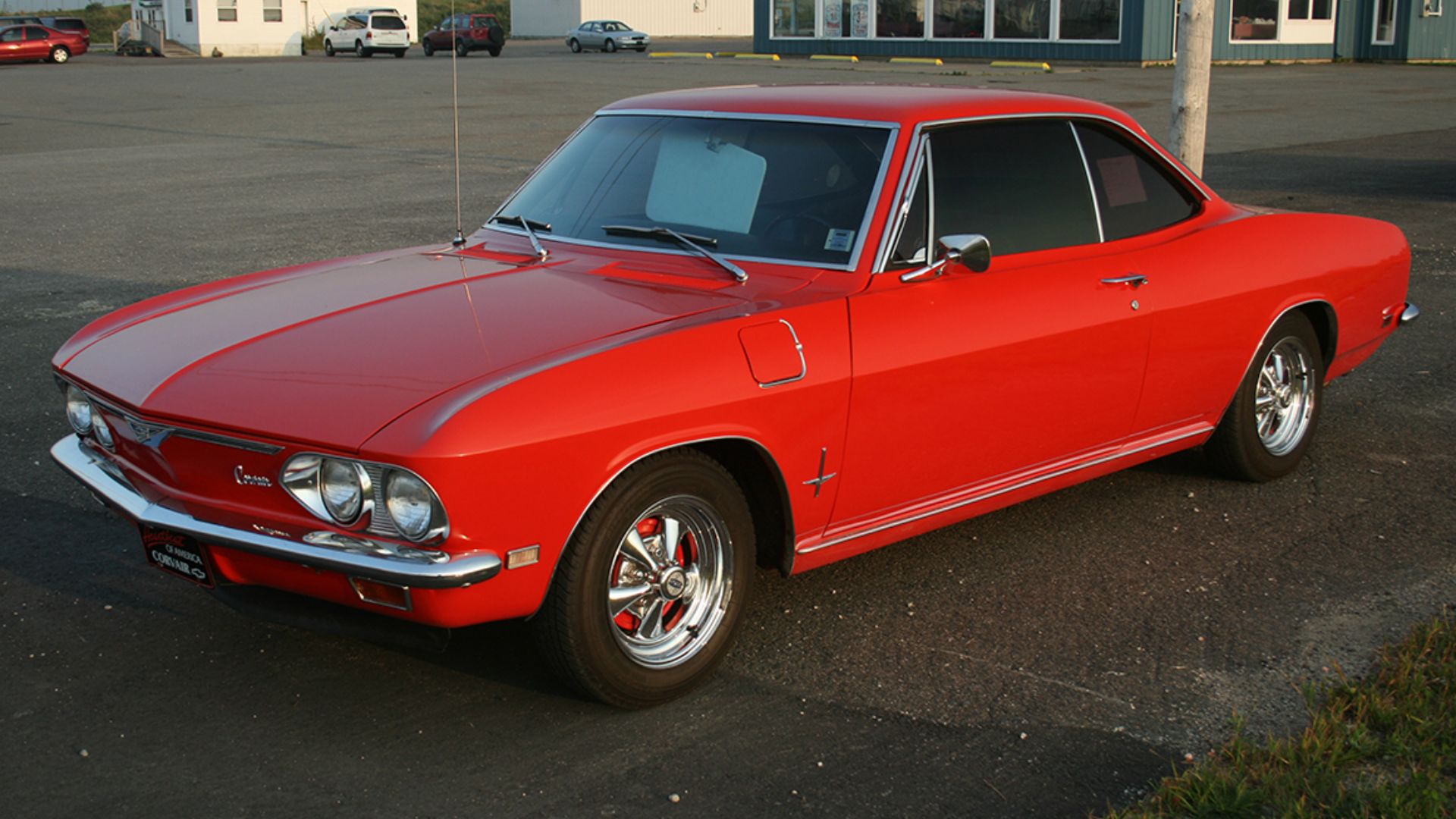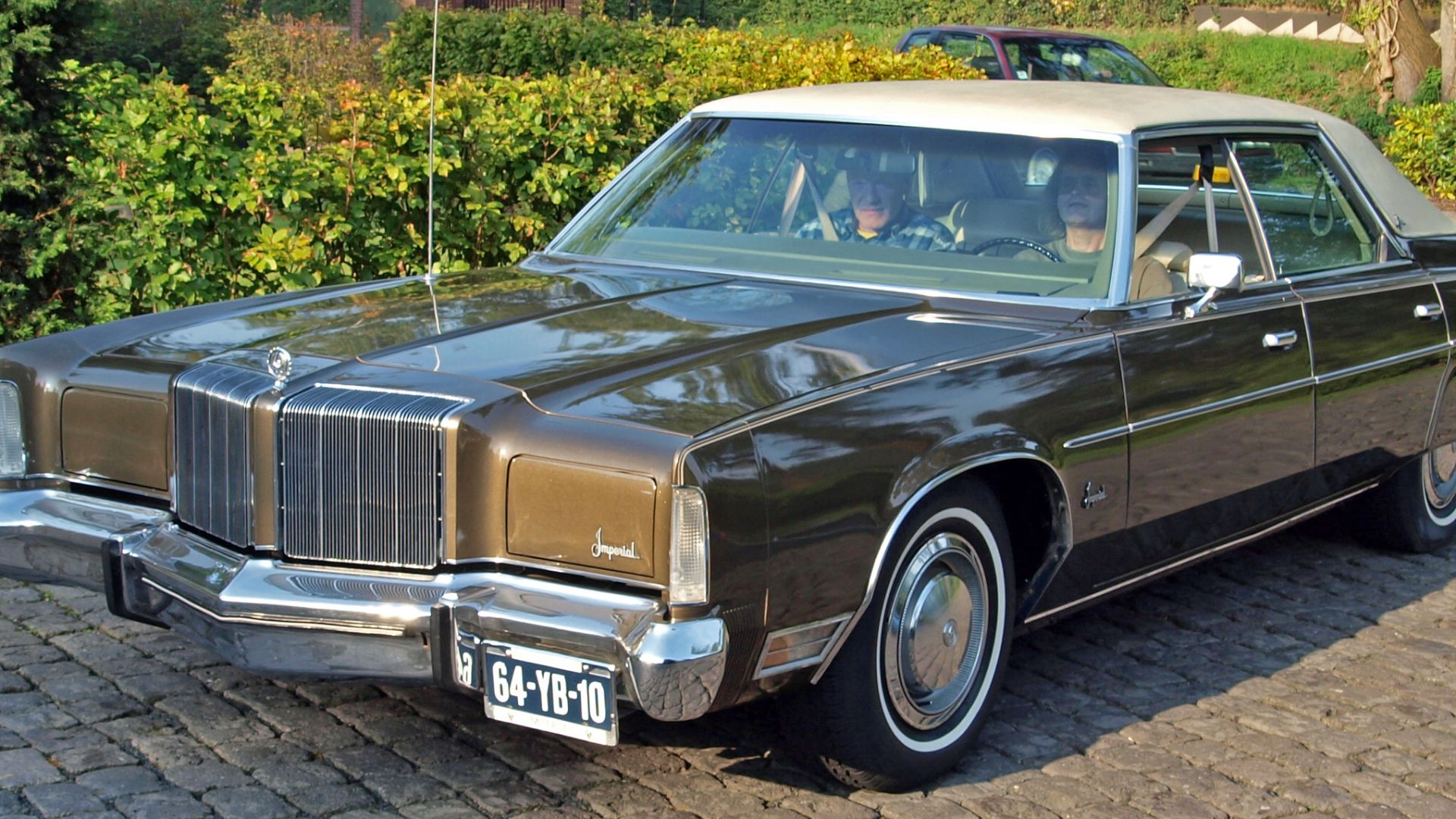What Was The Big Deal Back In The Day With These Cars?
The boomer generation—those born between 1946 and 1965—often claims they have the best cars in the world. While the boomer generation's vehicles included iconic American cars, millennial drivers just don't understand the appeal of many of these classics.
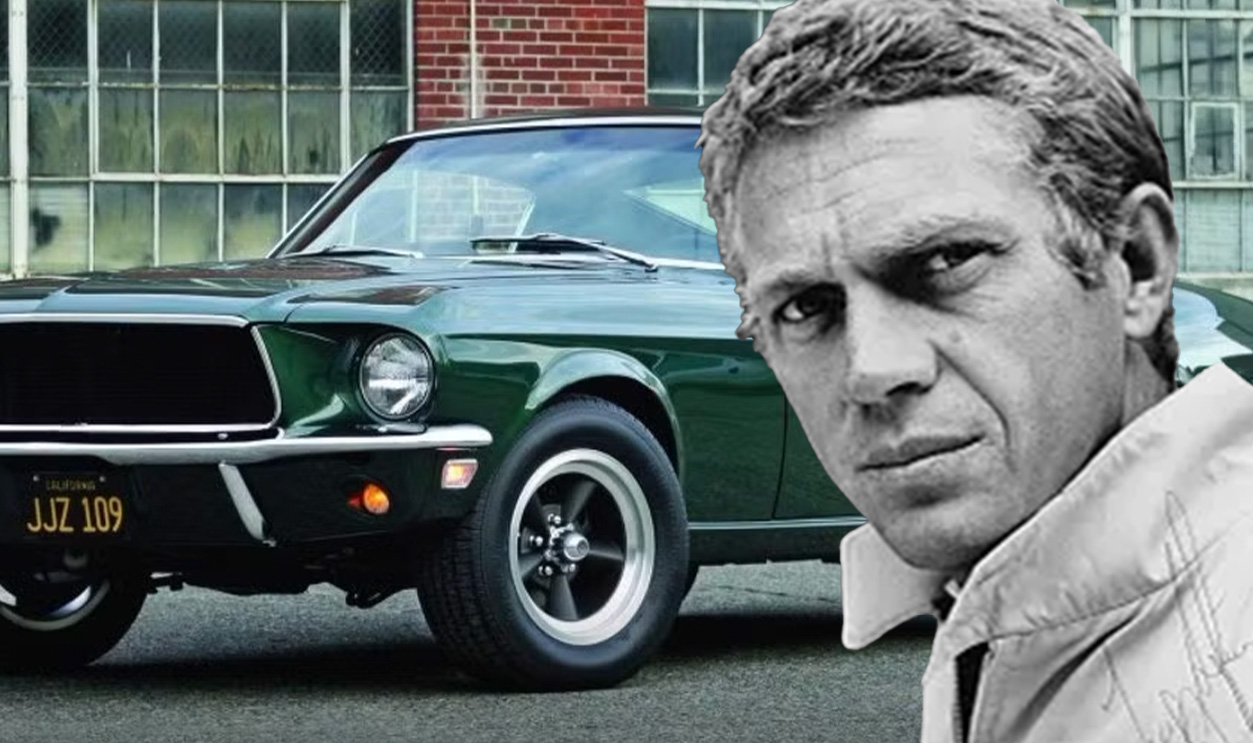
Cadillac Allante
Although the Cadillac Allante was not produced during the boomer era, it was every bit a boomer car. Released in 1987, the Allante was supposed to be an elegant, luxurious convertible that excited those who loved riding with the wind in their hair, with a folding soft top roof. The engine produced 170 hp and could go from 0 to 60 in a respectable 9.3 seconds. Despite the attraction of power and elegance that boomers love, that wasn't the Cadillac's problem.
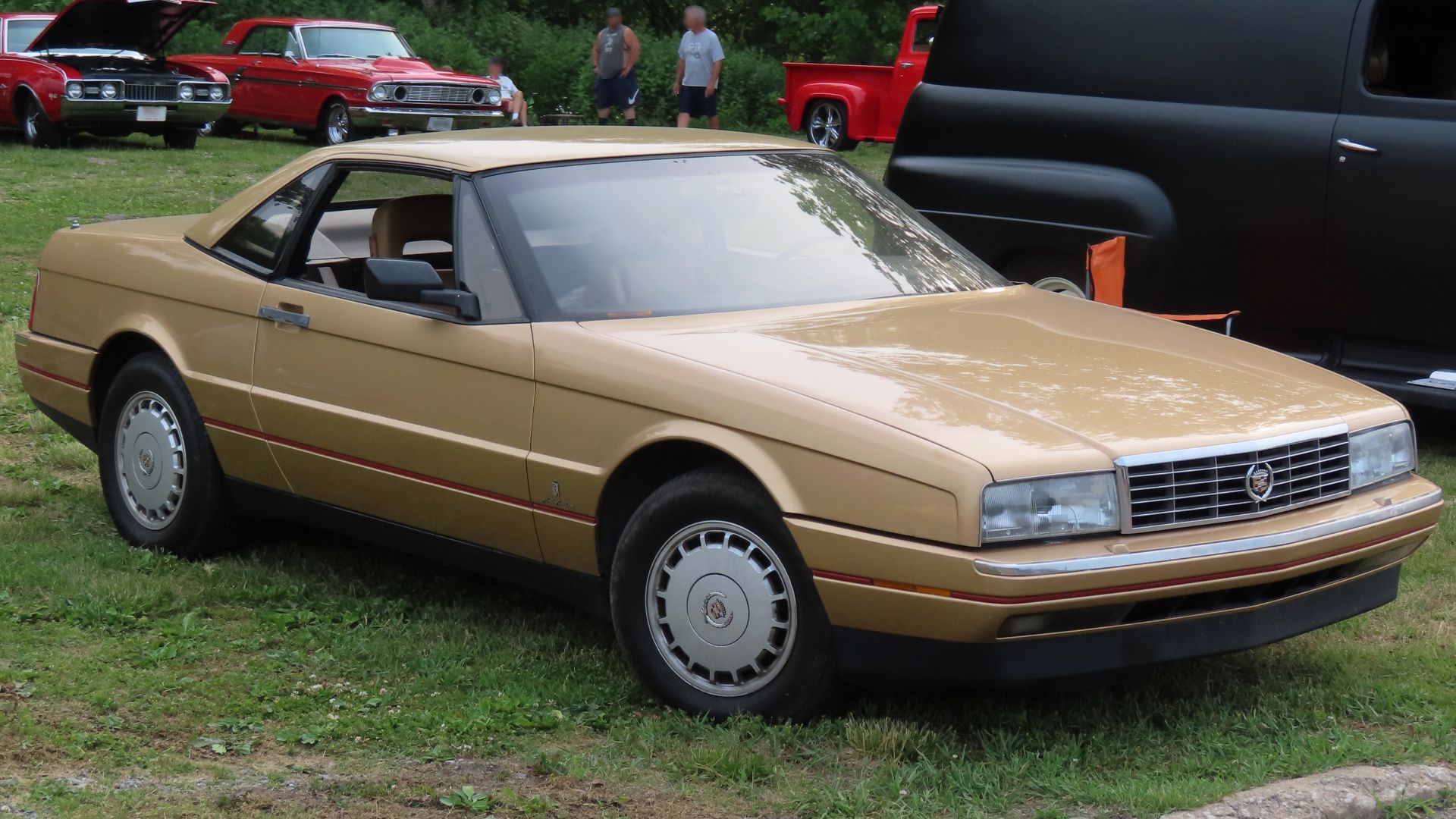 MercurySable99, Wikimedia Commons
MercurySable99, Wikimedia Commons
Cadillac Allante (Cont'd)
When the car was being pitched, Cadillac reportedly wanted to emulate the "car with a designer name on it". For them, that meant allowing Ferrari's Sergio Pininfarina to design and build them, then shipping the Allante back to the US. As you might imagine, outsourcing your design (when you already have an in-house team) and shipping the cars from Europe to the US was extraordinarily expensive. Cadillac stopped making the Allante after six years and lost money on nearly every car.
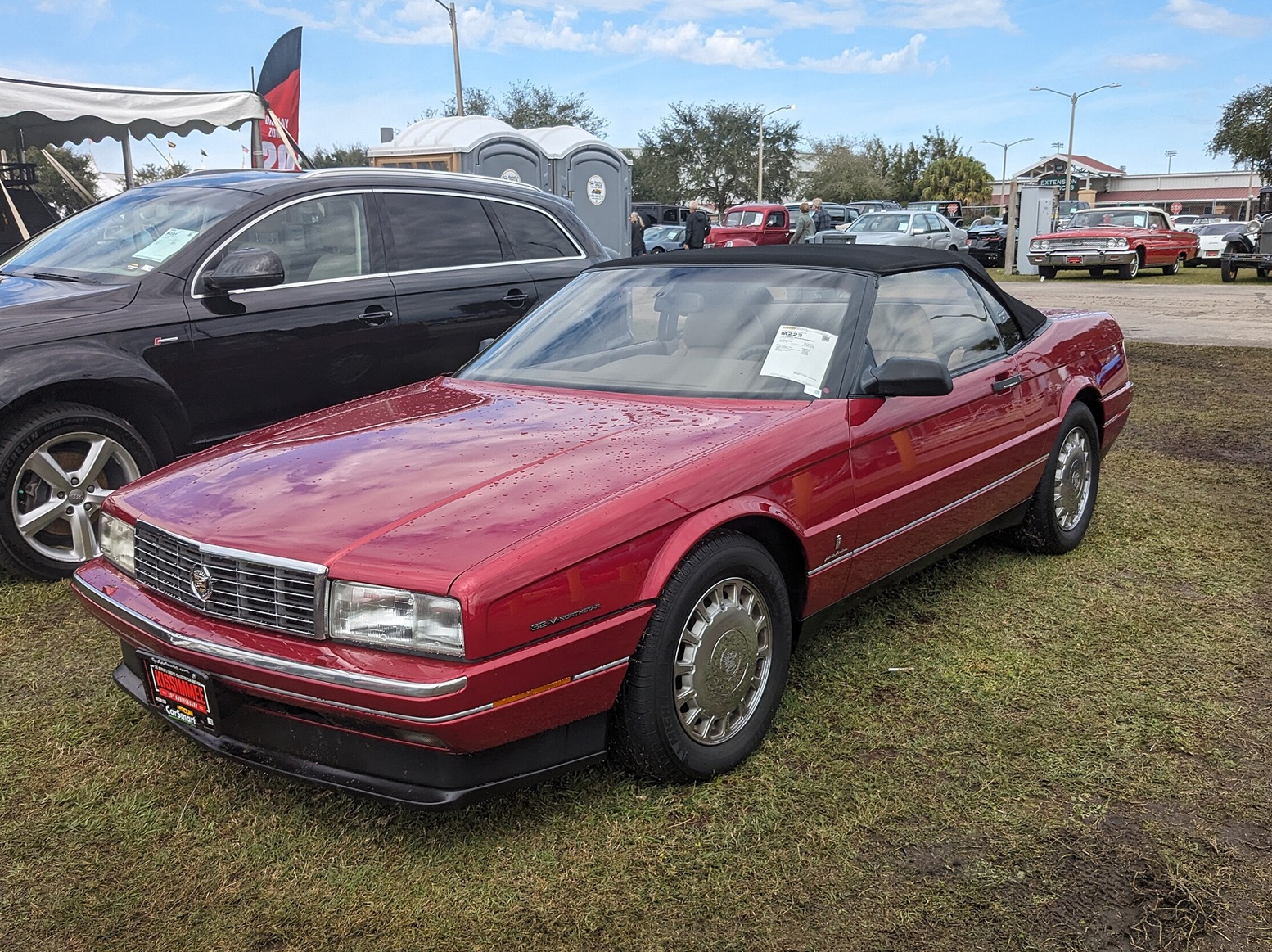 Pokemonprime, CC BY 4.0, Wikimedia Commons
Pokemonprime, CC BY 4.0, Wikimedia Commons
Plymouth Road Runner Volare
The Plymouth Road Runner Volare, released in 1976, could have been the ultimate boomer-generation muscle car. Unfortunately for Plymouth, the Volare's near-300 hp 6.3L V8 engine would run afoul of the law regarding engine emissions, the Clean Air Act of 1970. This new legislation severely restricted the engine sizing of the Volare, making it less powerful than people had become accustomed to.
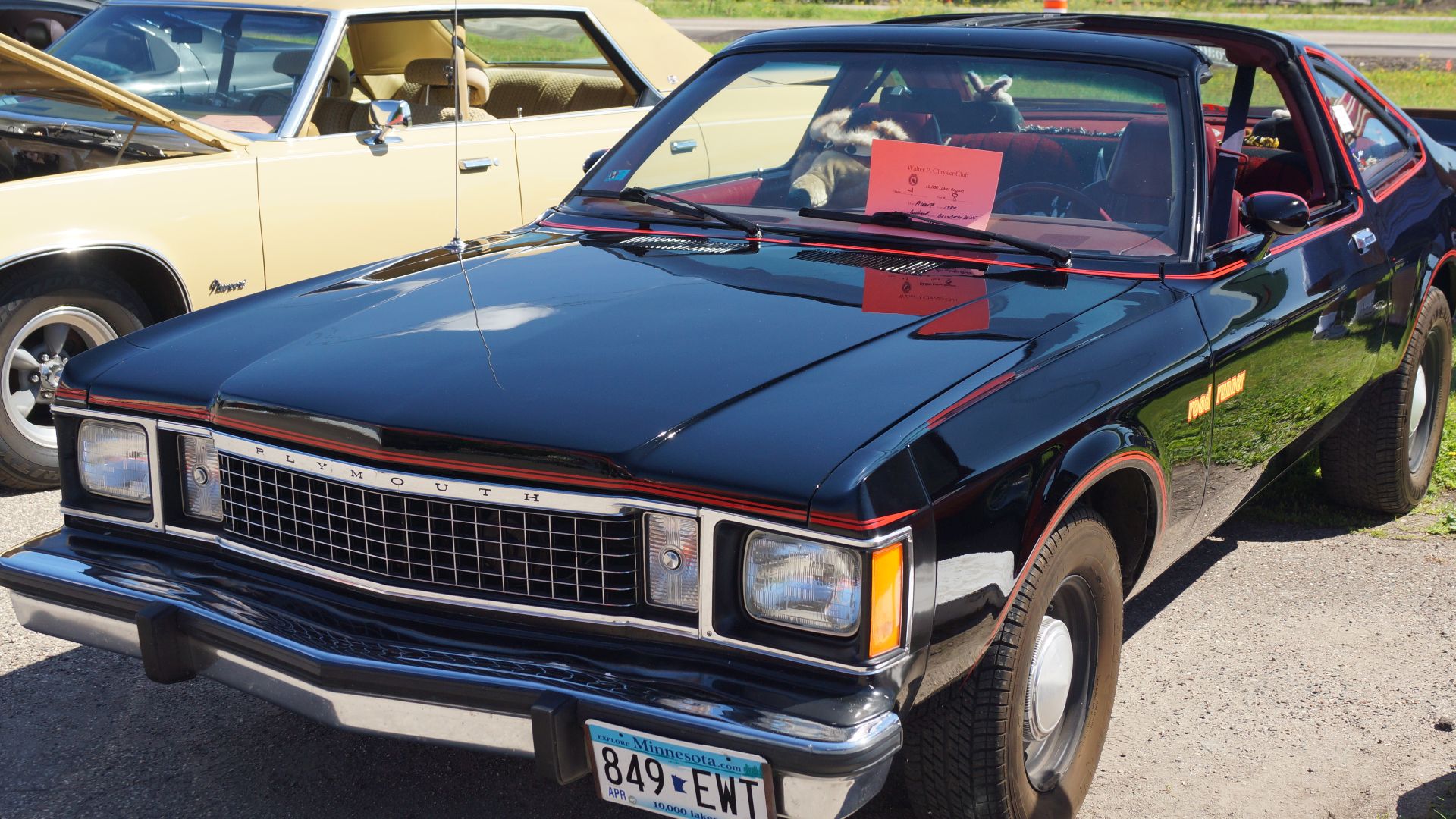 Greg Gjerdingen from Willmar, USA, Wikimedia Commons
Greg Gjerdingen from Willmar, USA, Wikimedia Commons
Plymouth Road Runner Volare (Cont'd)
The Volare had the makings of a classic muscle car on the outside and was likely a favorite choice for those without the money to afford a Ford Mustang. Unfortunately for the boomers who loved the power of the previous V8s, its spoiler, bright-red paint job, and drag-like racing wheels just couldn't compensate.
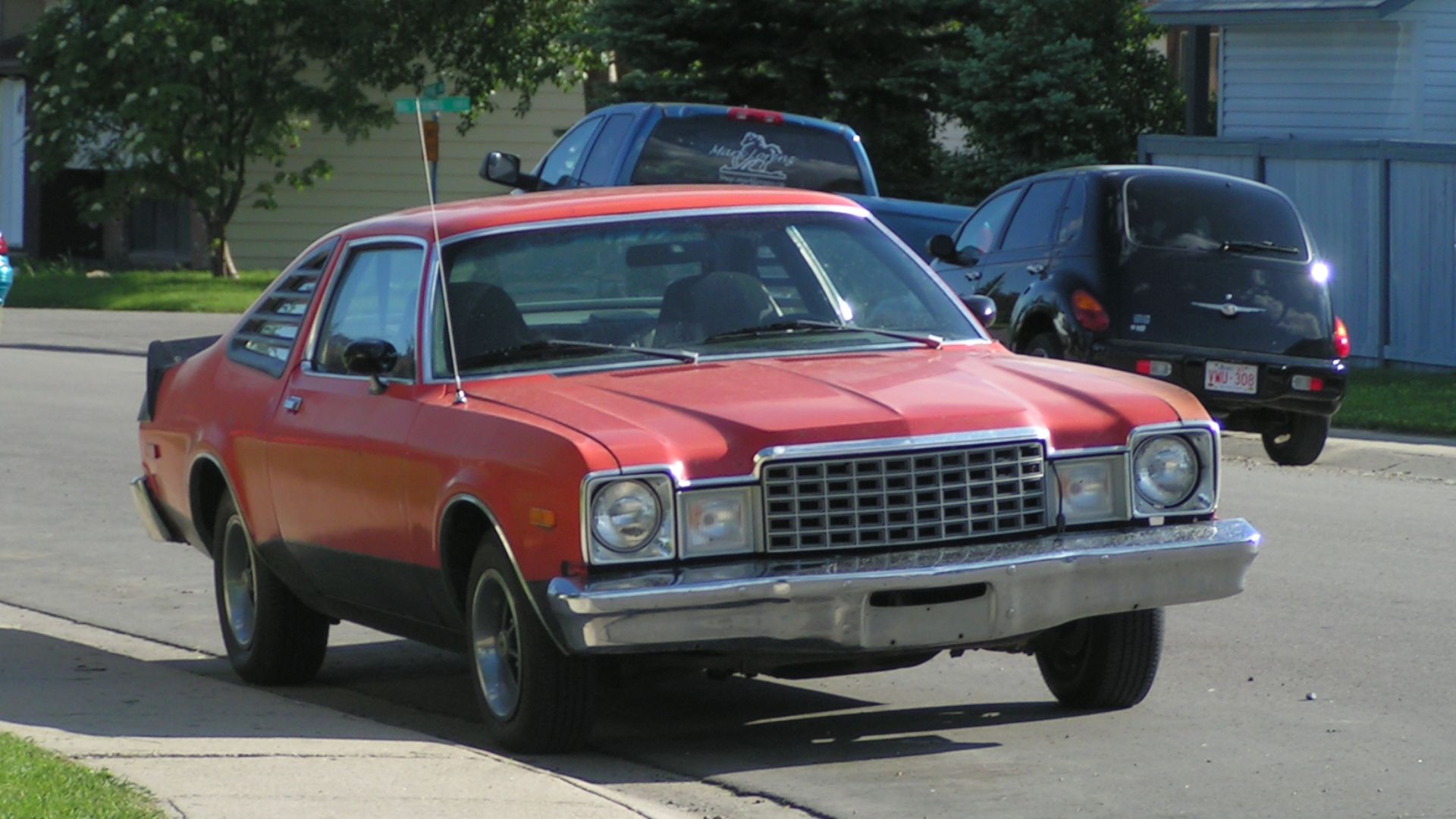 dave_7 from Lethbridge, Canada, Wikimedia Commons
dave_7 from Lethbridge, Canada, Wikimedia Commons
AMC Pacer
Of course, the AMC Pacer is no longer being made, as the American Motor Corporation (or AMC) was acquired by Chrysler in 1988—but not before they produced the AMC Pacer. While not as famous as the Gremlin, the Pacer was a compact car that couples loved in the mid-1970s. It might have been the compact car for boomers in the 1970s, but the Pacer was just too small.
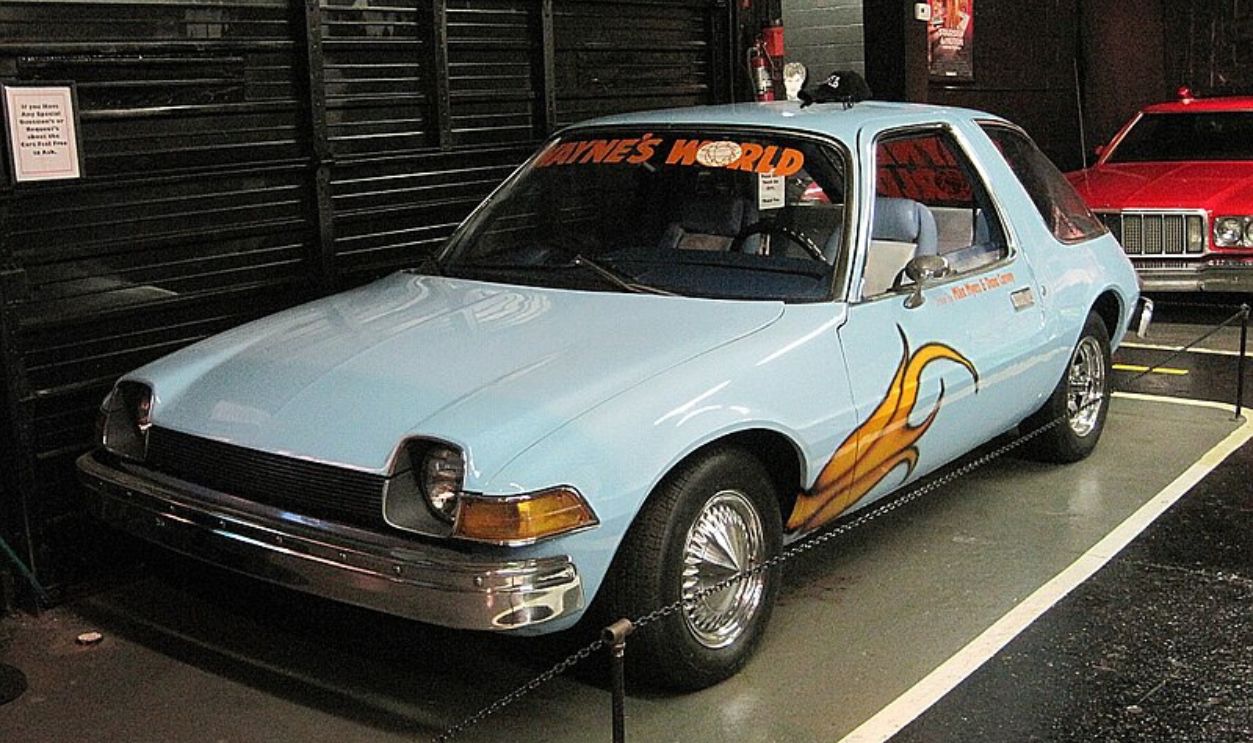 Thomas R Machnitzki, CC BY 3.0, Wikimedia Commons
Thomas R Machnitzki, CC BY 3.0, Wikimedia Commons
AMC Pacer (Cont'd)
The AMC Pacer was an unfortunately very ugly compact car. A huge rear window (but with almost no trunk space), a tiny interior, and an egg-shaped roofline gave this short and stubby car much room for improvement. The Pacer may have been beloved by boomers, but it was only on the market for 2.5 years, with AMC shuttering the development in 1978.
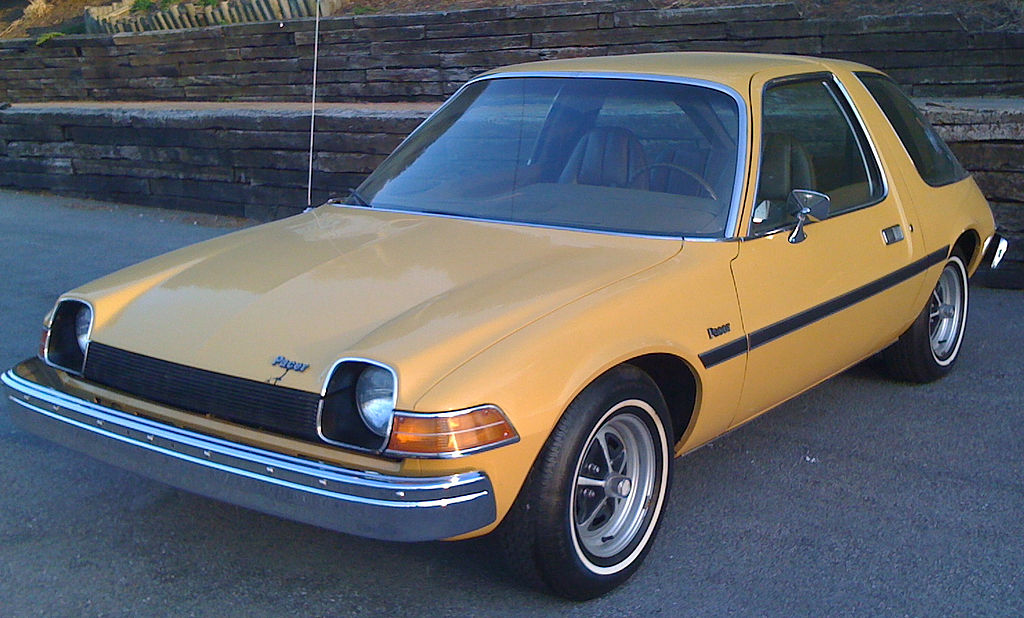 CZmarlin-Christopher Ziemnowicz, CC BY-SA 3.0, Wikimedia Commons
CZmarlin-Christopher Ziemnowicz, CC BY-SA 3.0, Wikimedia Commons
Ford Galaxie
The Ford Galaxie was one of the most popular luxury cars of the 1960s. Introduced in 1959 and running until 1974, the Galaxie was Ford's highest luxury offering at its price point. Fitted with a V8 engine that produced 300 hp, with chrome and stainless steel throughout and two-tone paint job, boomers loved the Galaxie as it was relatively affordable. More than 1 million were built in 1966 alone.
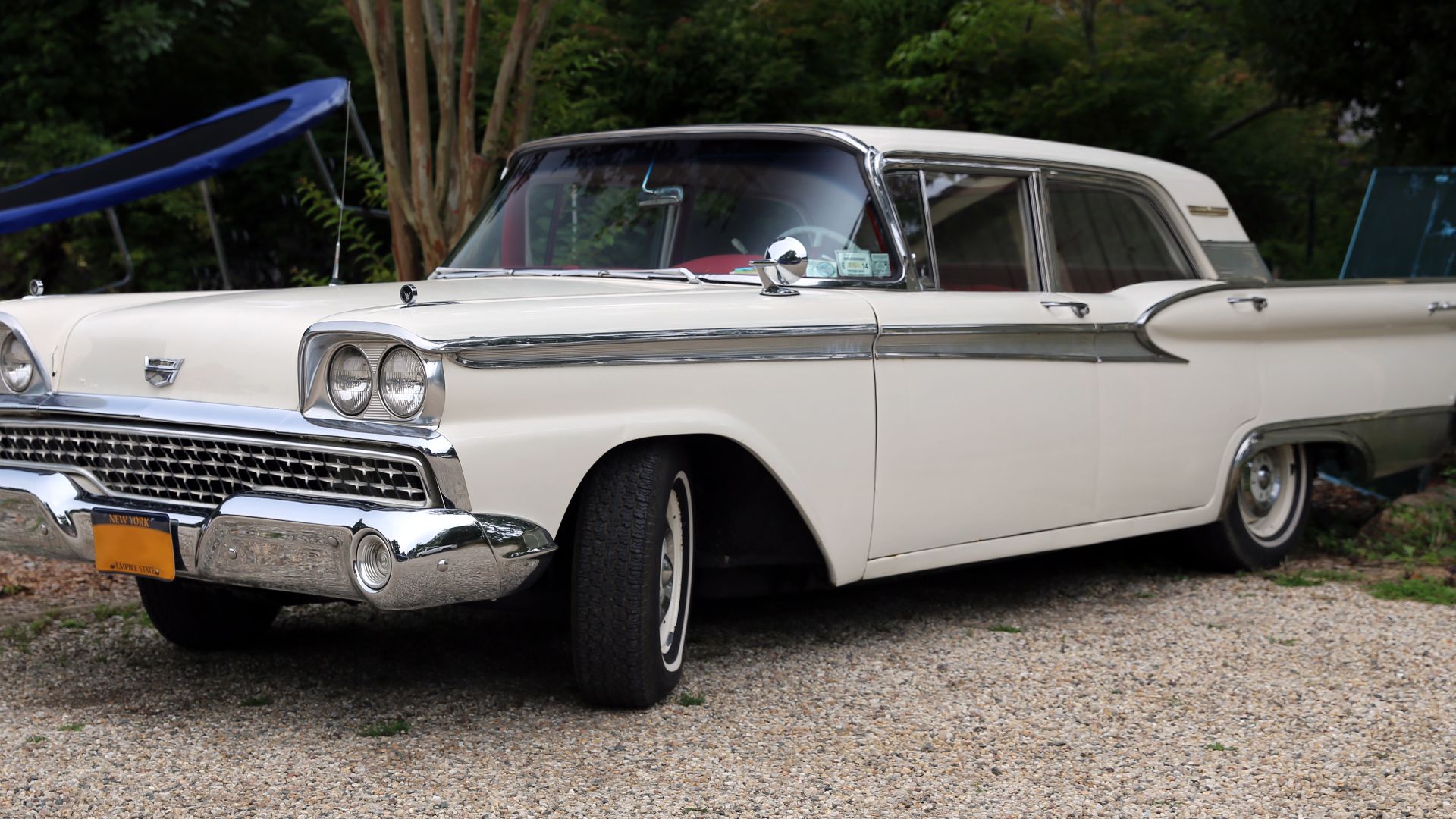 Mr.choppers, Wikimedia Commons
Mr.choppers, Wikimedia Commons
Ford Galaxie (Cont'd)
All good things must come to an end, though. In 1974, Ford ended production of the Galaxie, as it became the second best-selling car by Ford of all time, after the Model T. More than 7.5 million were built between 1949 and 1974, but the era of boat-like automobiles came to an end soon thereafter and the Galaxie is now revered as a classic by that generation.
Mercury Cougar
One of America's iconic pony cars, the Mercury Cougar was released in 1967 and instantly became a classic. Fitting right into the muscle car markets a midsize pony car, the first-generation Cougar was powered by a 4.7L V8 engine that produced 225 hp. Combining an "electric shaver" front grille, a faux wood-trim dashboard, and an electric sunroof, the Cougar was the power and luxury combination at the right price.
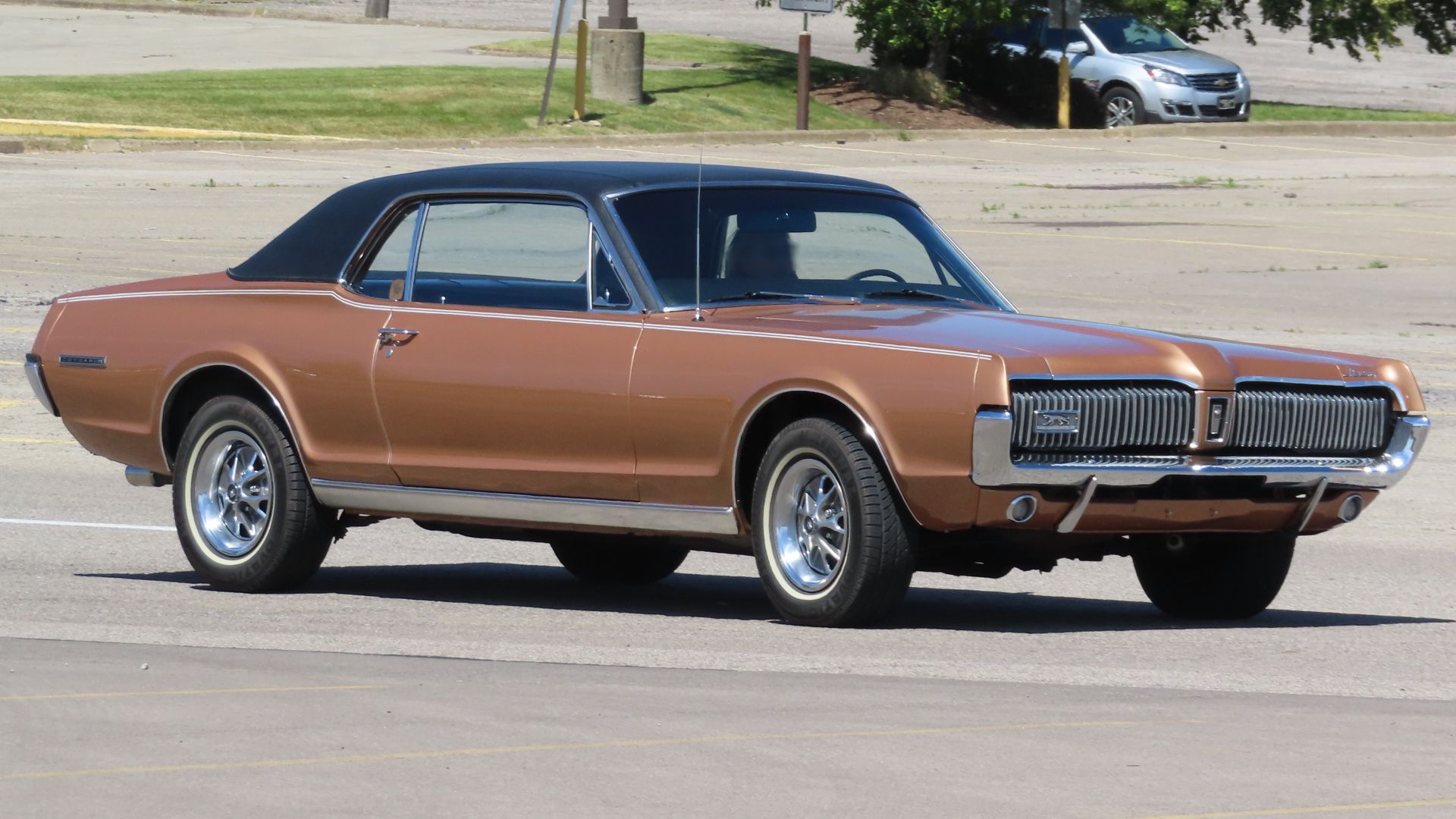 MercurySable99, Wikimedia Commons
MercurySable99, Wikimedia Commons
Mercury Cougar (Cont'd)
The longevity of the Cougar line speaks to its success: It was produced in eight generations across 34 years of production, selling 2.9 million cars. The Cougar was the highest-selling Mercury car ever. Each one was built in the US, but that didn't stop the Cougar appearing elsewhere, including in the James Bond movie On Her Majesty's Secret Service (1969).
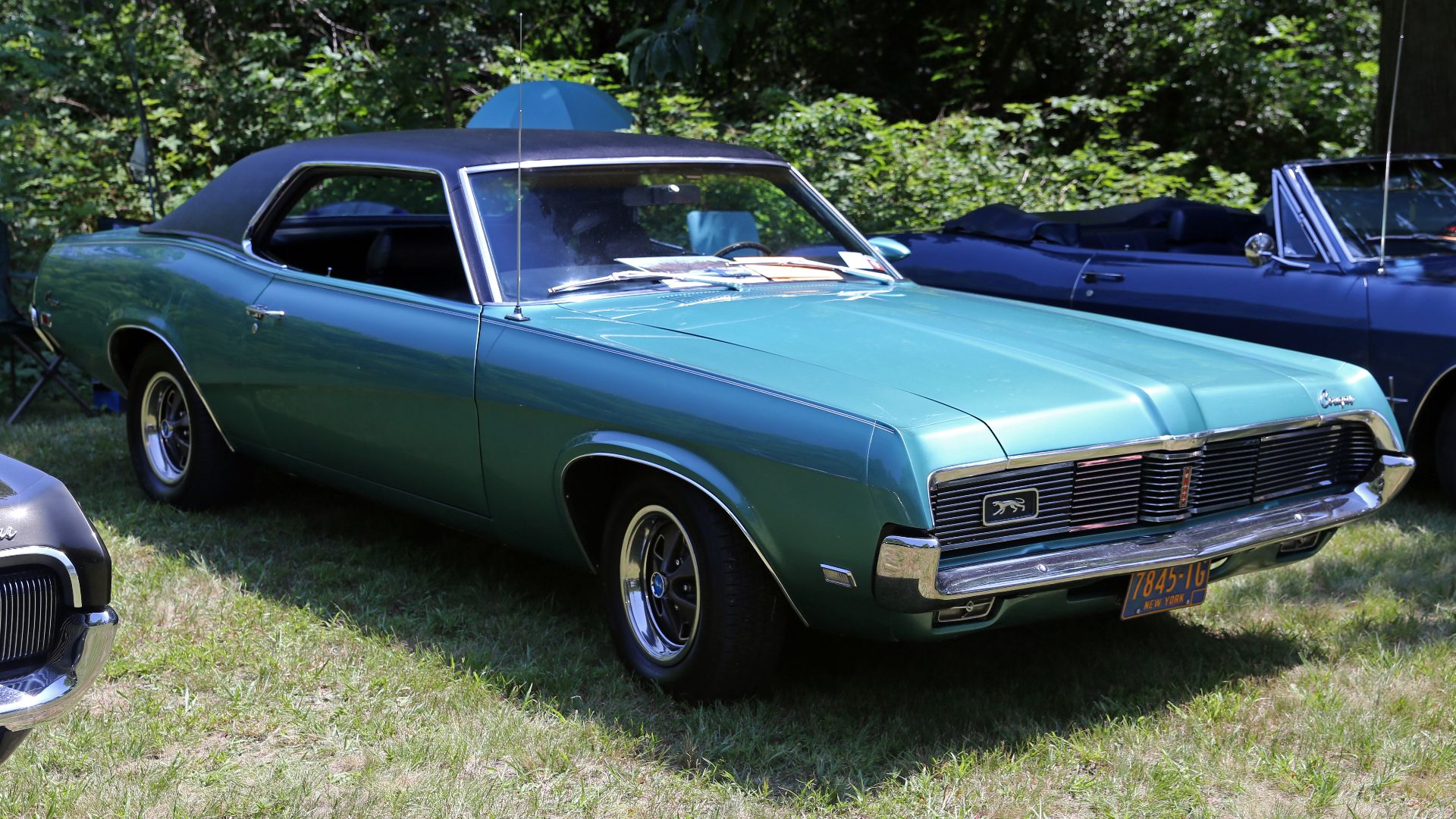 Mr.choppers, Wikimedia Commons
Mr.choppers, Wikimedia Commons
Chevrolet El Camino
The El Camino was a special Chevrolet, as they ventured into all-new territory with the "coupe utility", a type of car with the body of a coupe, but a small bed in the back to give it the utility of a truck. Responding to the success of the Ford Ranchero, the El Camino's initial run lasted two years before it was redesigned in 1964.
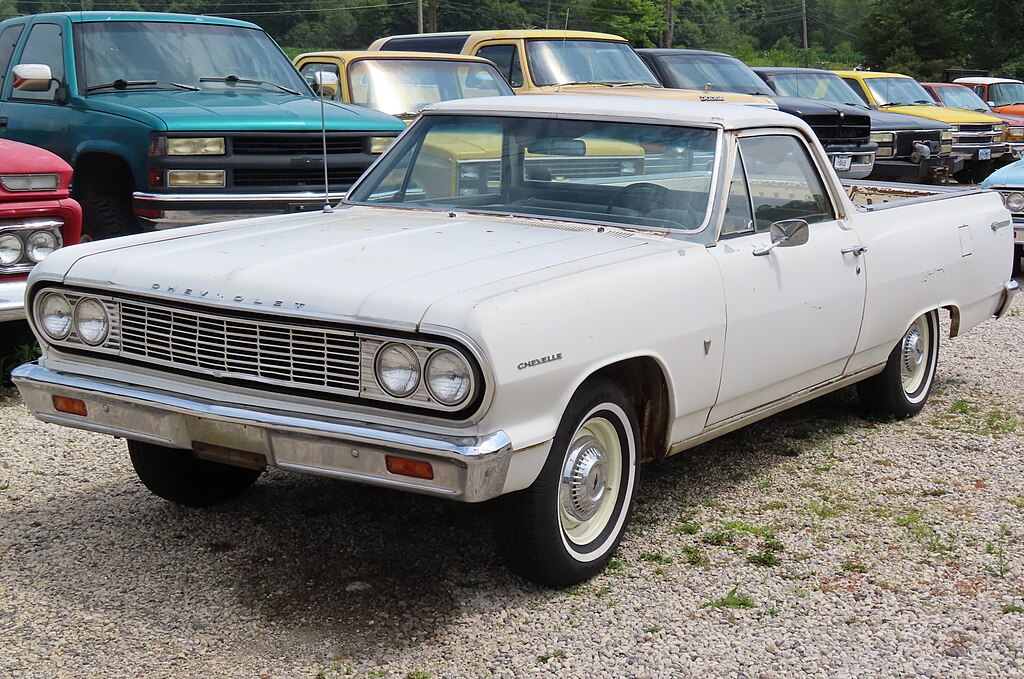 MercurySable99, Wikimedia Commons
MercurySable99, Wikimedia Commons
Chevrolet El Camino (Cont'd)
The El Camino was re-released in 1964 after a redesign that incorporated elements of the Chevrolet Chevelle, but with a longer bed and heavy-duty air shocks, along with a new V8 engine with a double-barrel carburetor that produced 195 hp. The beloved part-car, part-pickup sold in the tens of thousands per year before it was retired in 1987.
Pontiac Firebird Trans Am
What's not to love about the Pontiac Trans Am? The Firebird was built over four generations between 1967 and 1992, but it's the second generation that's the most well-known. Its 1977 version is probably the best of the bunch, adopting the now-iconic headlights comprised of four rectangles. The hood was adorned with a flaming bird (also now iconic) and fitted with a 6.6L V8 engine and a top speed of over 100 mph.
Pontiac Firebird Trans Am (Cont'd)
The change in body shape from the early to late 1970s represented a much sportier, muscle car-like appeal. The Trans Am is an American classic that represents the shift from elegance and opulence of the 1950s to the brawn and power that was the 1970s in America.
Cadillac Eldorado
From the El Camino to the Eldorado, Cadillac was the king of luxury in the 1960s and nowhere was this more evident than the Eldorado. The two-door convertible was the most expensive model that Cadillac offered in the mid-1950s. It's known as the "Golden One" and it's no wonder—the car cost approximately $91,000 in today's money.
Cadillac Eldorado (Cont'd)
The Eldorado's favored sheet metal build was replaced by extruded aluminum panels in 1954 to increase sales by lowering production costs (and, therefore, price point). It worked and sales doubled. The Eldorado continued to be a classic throughout its entire production run.
Buick Riviera
Another classic car beloved by boomers is the Buick Riviera. The Riviera was unveiled by Buick in 1963 as a personal luxury car and represented GM's first foray into the arena of personal luxury cars. The Riviera was a huge vehicle, with a wheelbase of 117 inches, powered by a 7.0L Nailhead V8. Testers of the day considered it to be one of the "most driveable American cars".
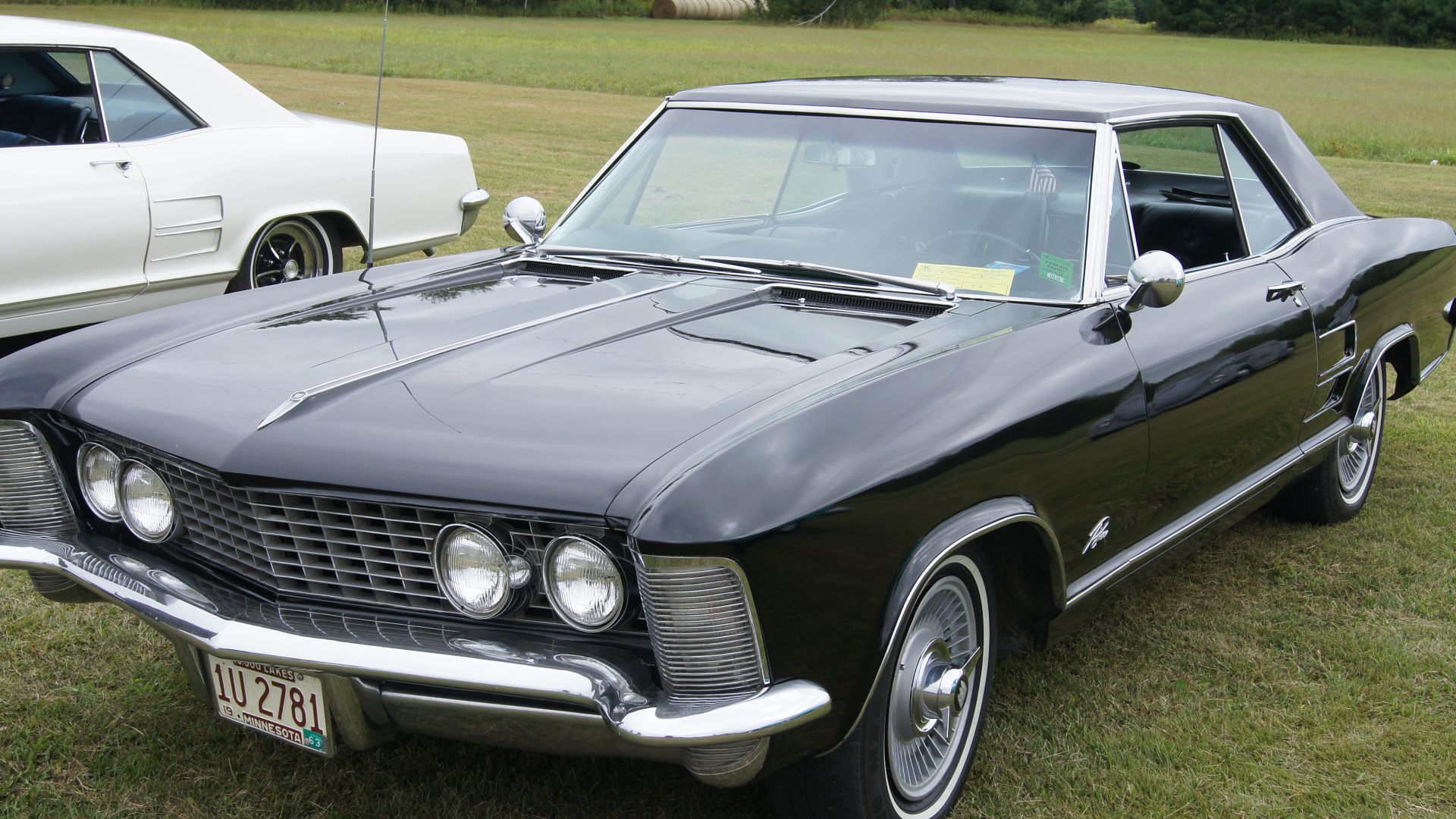 Greg Gjerdingen from Willmar, USA, Wikimedia Commons
Greg Gjerdingen from Willmar, USA, Wikimedia Commons
Buick Riviera (Cont'd)
Invoking the serenity of the French Riviera, the Buick Riviera was produced over eight generations until 1999, when the nameplate was eventually discontinued. It was one of the most popular luxury sedans of the 1960s and 1970s, with the characteristic long hood line, front and rear bucket seats, and hidden headlights—a look that became known as the "Coke bottle look".
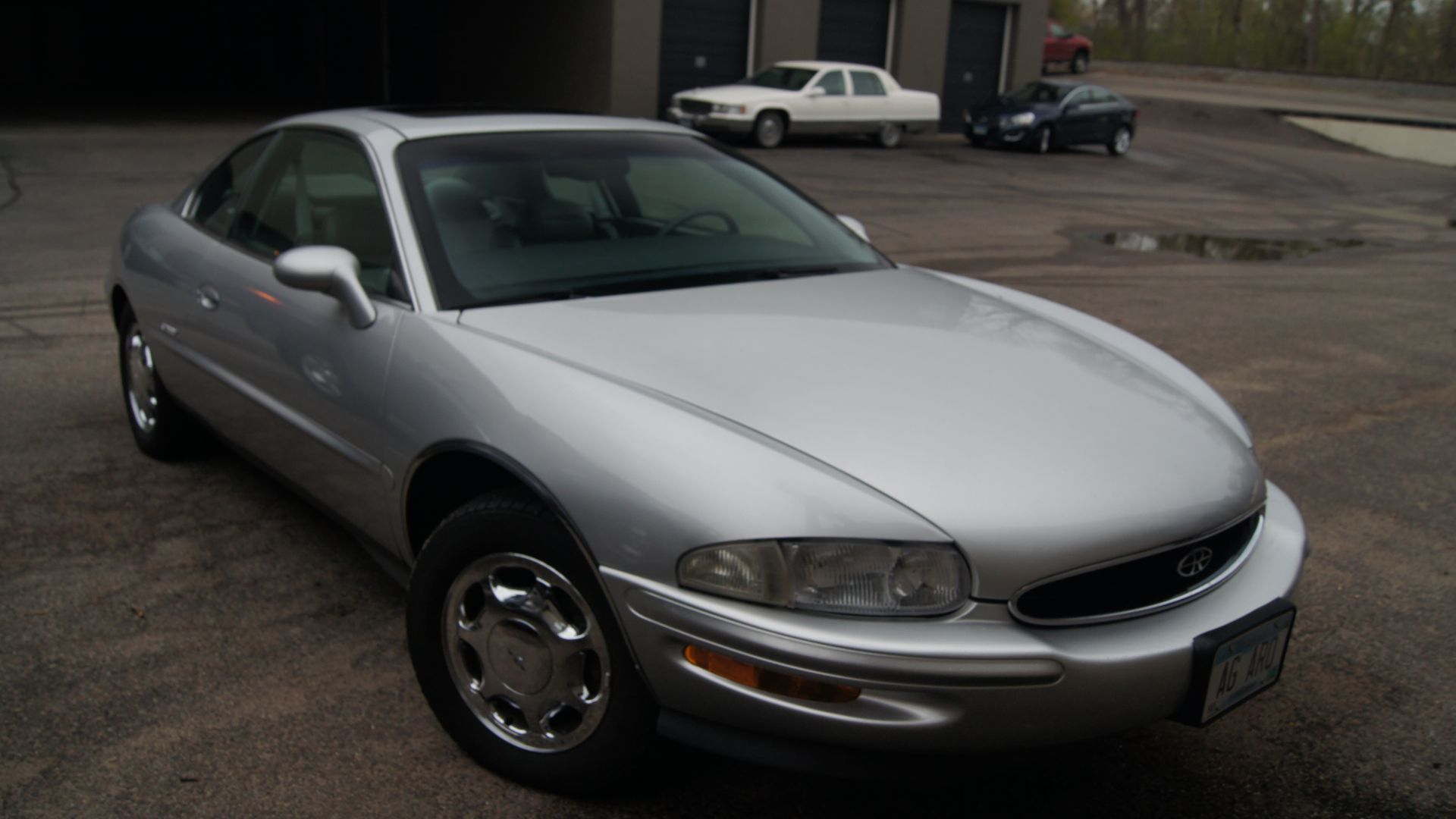 Greg Gjerdingen from Willmar, USA, Wikimedia Commons
Greg Gjerdingen from Willmar, USA, Wikimedia Commons
Dodge Charger
Few cars are perhaps as iconic as the Dodge Charger. From General Lee of Dukes of Hazzard (1979) to the modern Charger, the nameplate is associated with power and speed. The first generation Chargers were unveiled in 1966, but didn't really catch on until the 1970s. The second-generation Charger really caught on in the late 70s thanks to Dukes of Hazzard.
Dodge Charger (Cont'd)
The Chargers of the second generation were powered exclusively by V8 engines, with tank sizes ranging from 5.2L to a massive 7.0L, rated for 310 hp. The Chargers were mostly available in outrageous color options from bright orange, yellows, purples, greens, and reds—all symbolizing the exuberance of 1970s America.
AMC Gremlin
The 1970s were not a good decade for the American Motor Corporation. While the Pacer was failing, the Gremlin made its way into production in 1970 and was produced for eight years. Another small car that competed with the Ford Pinto as an affordable economy car, it was often one of the first cars that high school students drove.
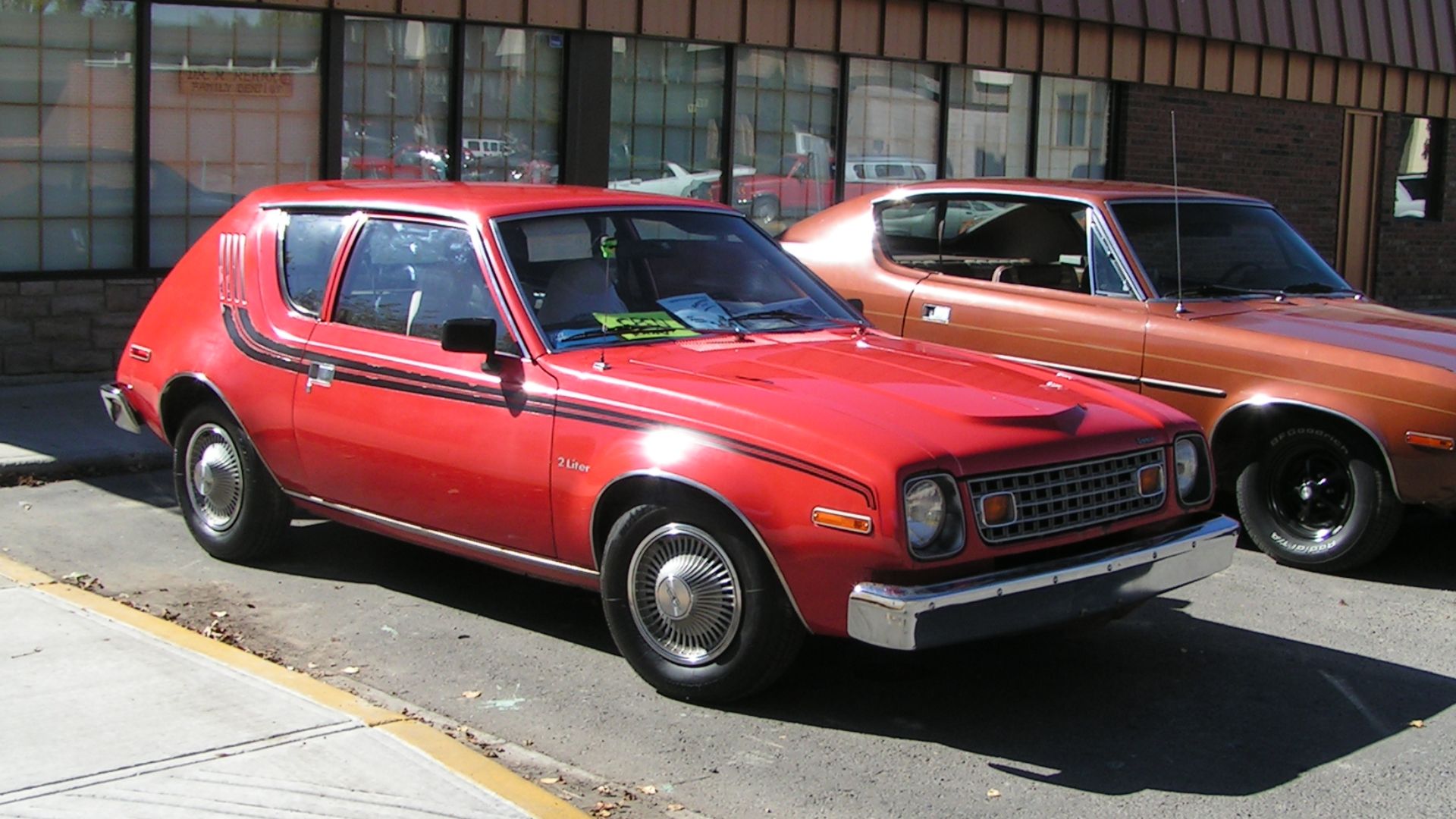 dave_7 from Lethbridge, Canada, Wikimedia Commons
dave_7 from Lethbridge, Canada, Wikimedia Commons
AMC Gremlin (Cont'd)
The Gremlin was praised for its personality and charm at the time. A relatively unique shape and design set it apart from its competition. It might not have offered much by way of performance, squeezing 128 hp out of a 3.3L I-6 engine and a top speed of 95 mph. But it was supposed to be an affordable, cheap-to-run car that got just two people from A to B in relative comfort and safety. When compared to the exploding Pinto, it did that perfectly.
 CZmarlin — Christopher Ziemnowicz, Wikimedia Commons
CZmarlin — Christopher Ziemnowicz, Wikimedia Commons
Lincoln Continental Mk III
Another entry into our list from Lincoln is the Continental Mk III. Released in 1969 as a competitor to the above-mentioned Eldorado. It had a hidden spare tire, a grille inspired by Rolls-Royce, and a 7.5L V8 engine from Ford's Thunderbird that produced 365 hp. It sold over 30,000 units in its first year and established itself as a favorite among the American public.
Lincoln Continental Mk. III (Cont'd)
While it may have become one of the most popular Lincolns of the era, the Mk III almost wasn't produced at all. Designs were drawn up by 1966 and introduced to a Lincoln-Mercury focus group, who unanimously rejected the design. But, Lee Iacocca, Ford's Vice President, overruled the focus group and insisted they produce the Mk III. That's probably why he was the VP—ever the visionary.
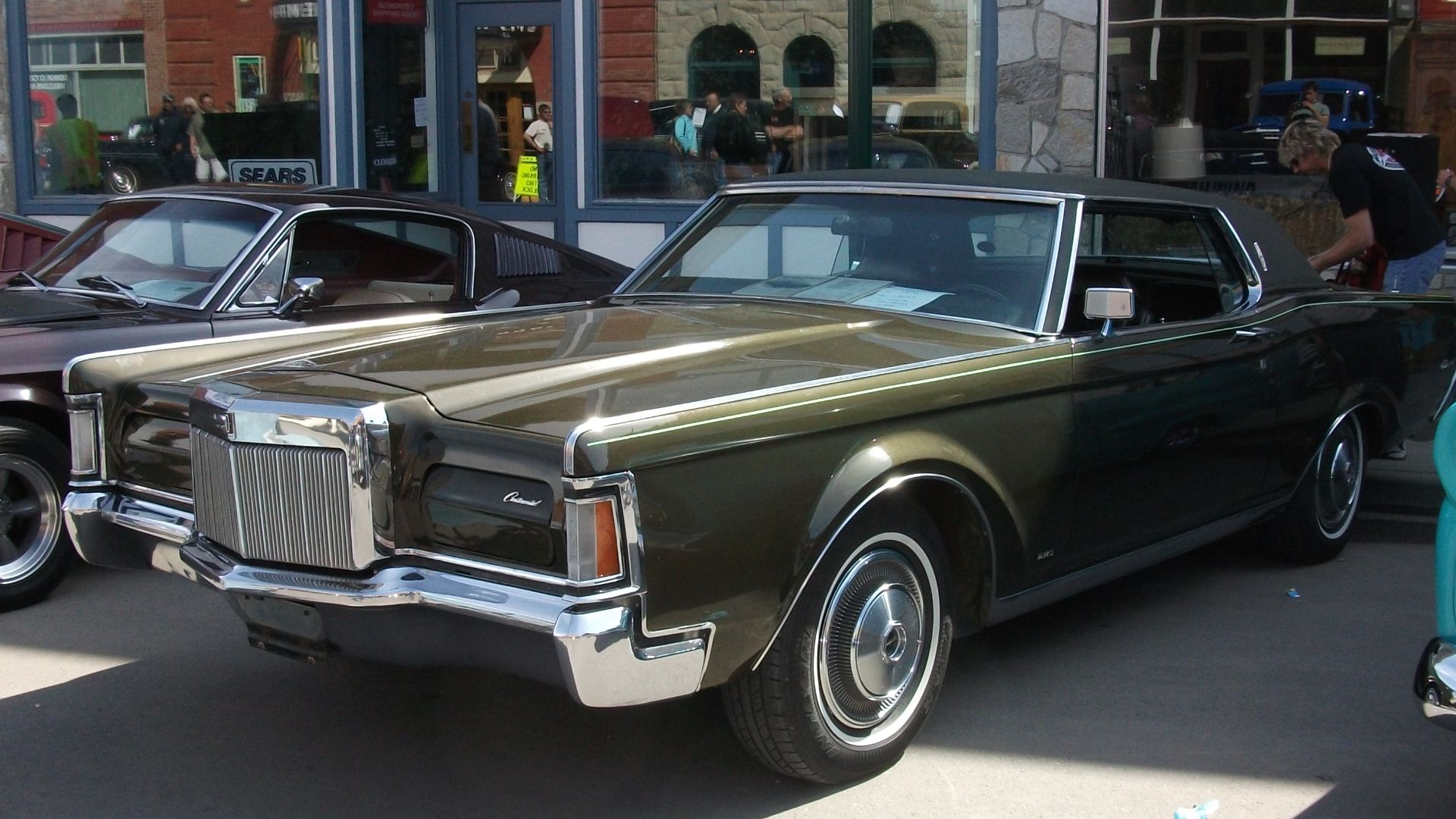 dave_7 from Lethbridge, Canada, Wikimedia Commons
dave_7 from Lethbridge, Canada, Wikimedia Commons
Studebaker Avanti
"Studebaker" may not be a name you're familiar with unless you grew up in 1960s America, but the company actually began in the automotive industry in 1902 by producing electric vehicles. But in 1962, they were interested in setting records. They introduced the Studebaker Avanti that year, featuring a fiberglass body and a 4.7L V8 engine that produced 240 hp.
Studebaker Avanti (Cont'd)
Marketed at the time as the "fastest production car in the world," the Avanti had a top speed of over 170 mph and broke 29 World Speed Records set at the Bonneville Salt Flats in Utah. The speed demon was made-to-order, although production was short-lived—with just 1,200 units of the 20,000 that Studebaker expected to build, the company went belly up.
Ford Thunderbird
The Ford Thunderbird is another icon of a bygone era. The affectionately named "T-Bird" was introduced in 1953 as Ford's answer to the new Corvette C1 from Chevrolet. The sleek-shaped T-Bird featured a hood scoop, circular headlamps, tail fins, and an uber-comfortable interior. A Ford Interceptor V8 engine gave the Thunderbird a top speed of over 100 mph.
Ford Thunderbird (Cont'd)
The Ford Thunderbird became one of the best-loved cars of that era by appealing to a broad variety of people. As it became a symbol of American optimism and progress during those decades, it appeared in American Graffiti (1973) and later in Thelma And Louise (1991). By the end of 1970s, the Thunderbird had been significantly face-lifted and downsized, losing the original appeal to most people.
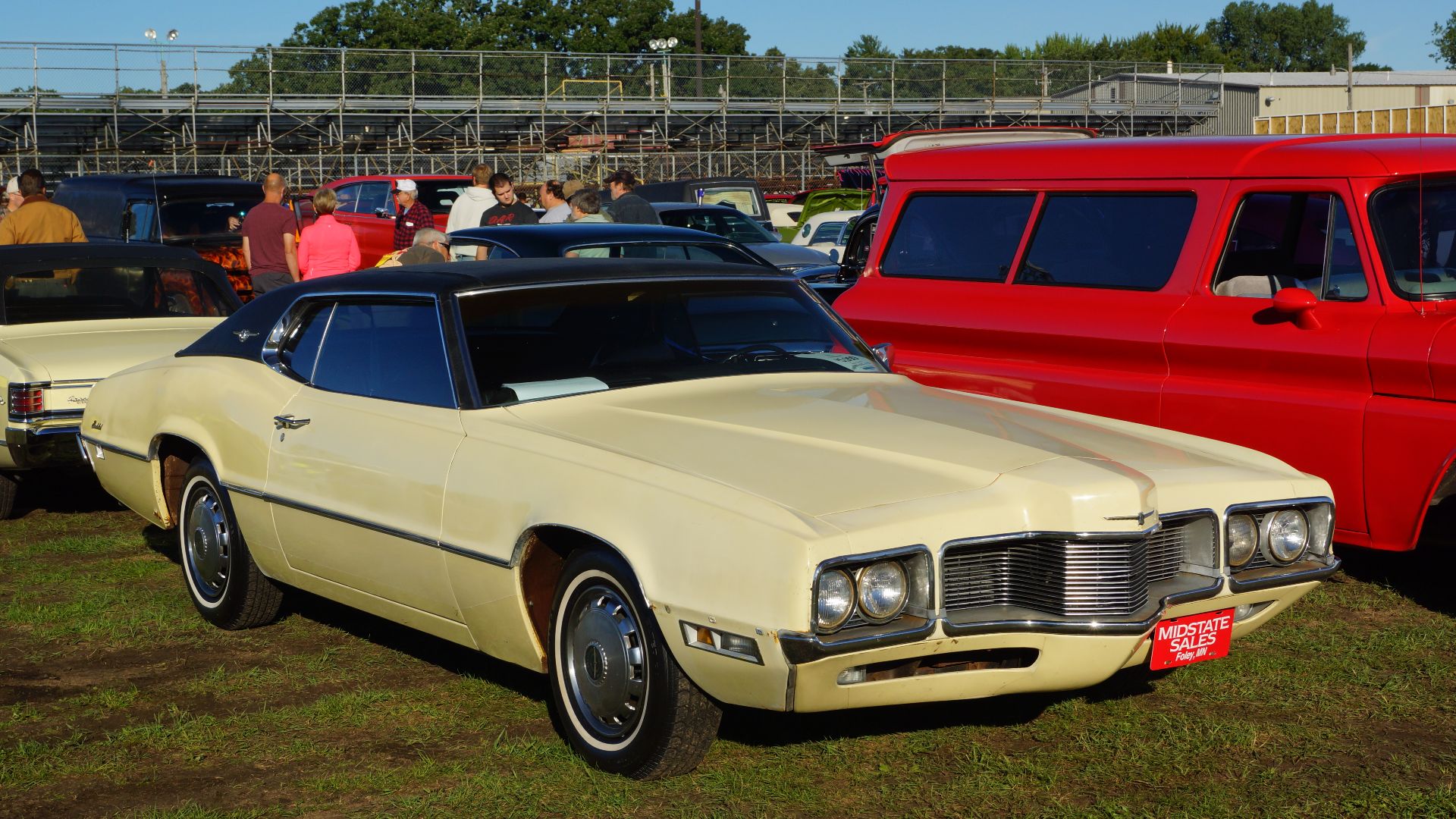 Greg Gjerdingen from Willmar, USA, Wikimedia Commons
Greg Gjerdingen from Willmar, USA, Wikimedia Commons
Chevrolet Corvair
The Chevy Corvair was a compact car developed by Chevrolet in 1960 and 1969 as an answer to the Volkswagen Beetle. This rear-engine car was uber-popular almost right away, selling 26,000 cars in the first two days on the market. Americans seemed to yearn for the compact nature of the Corvair.
Chevrolet Corvair (Cont'd)
Powered by a 2.4L flat-six engine that produced 80 hp, customers raved about the car's smooth ride, provided by the swing-axle rear suspension. The Corvair continued to be offered throughout the 1960s, but it was that first generation in 1960 that sent the compact car world alight with one of the first sincere American offerings to rival European excellence in that department.
 Michael Barera, CC BY-SA 4.0, Wikimedia Commons
Michael Barera, CC BY-SA 4.0, Wikimedia Commons
Chrysler Imperial LeBaron
The nameplate for the Chrysler Imperial dates back to 1926, but we're talking about the second coming of the brand in 1960, wherein Imperial became its own marque. Included within this new brand of Chrysler-sponsored luxury was the 129.5-inch wheelbase LeBaron. This monstrous offering was one of the longest cars ever made.
Chrysler Imperial LeBaron (Cont'd)
The behemoth was fitted with either a 3.3L or 3.8L V6 engine that produced a top speed of 107 mph, and was available only as a four-door sedan. They were all pricey though, starting at over $20,000. Much of the criticism leveled at Chrysler for the LeBaron was because of its gargantuan size.
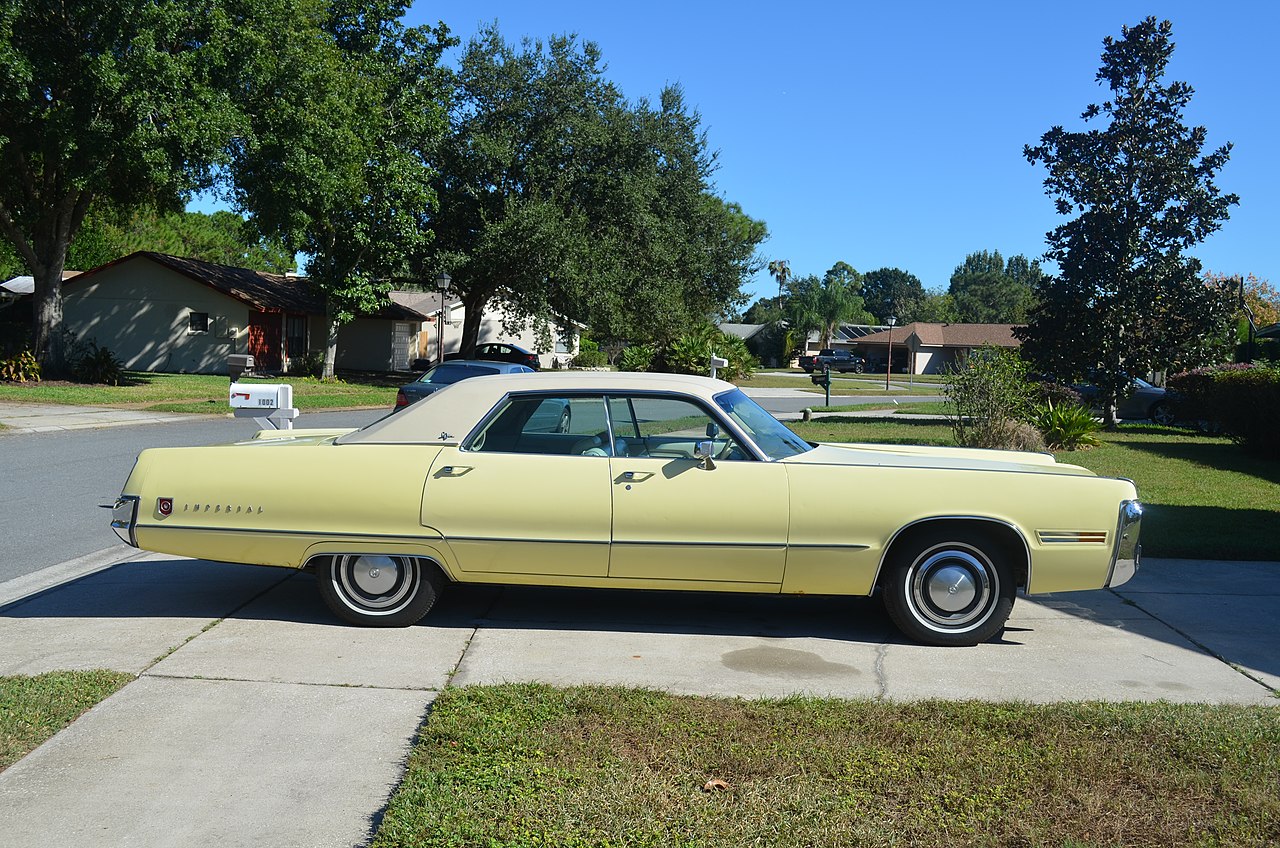 Nickmix01, CC BY-SA 4.0, Wikimedia Commons
Nickmix01, CC BY-SA 4.0, Wikimedia Commons
Pontiac GTO
Another classic car of the 1960s, upon its release, the GTO was unveiled with a 5.7L V8 engine that produced 325 hp, with a two-speed automatic transmission. It went from 0 to 60 in 5.8 seconds and had a top speed of 114 mph. The second generation of the GTO received a huge facelift from the first: a dual scoop hood with an Endura front bumper with concealed headlights.
 Greg Gjerdingen from Willmar, USA, CC BY 2.0, Wikimedia Commons
Greg Gjerdingen from Willmar, USA, CC BY 2.0, Wikimedia Commons
Pontiac GTO (Cont'd)
The Pontiac GTO was definitely a firm favorite of Americans who loved the sportiness of the car. But the authorities were less than happy when, in 1968, the GTO was featured in a TV ad, waiting for a rival on Woodward Avenue, a street in Detroit famous for its street racing. After public backlash (fearing it could incite street racers), the ad was pulled from TVs across the country.
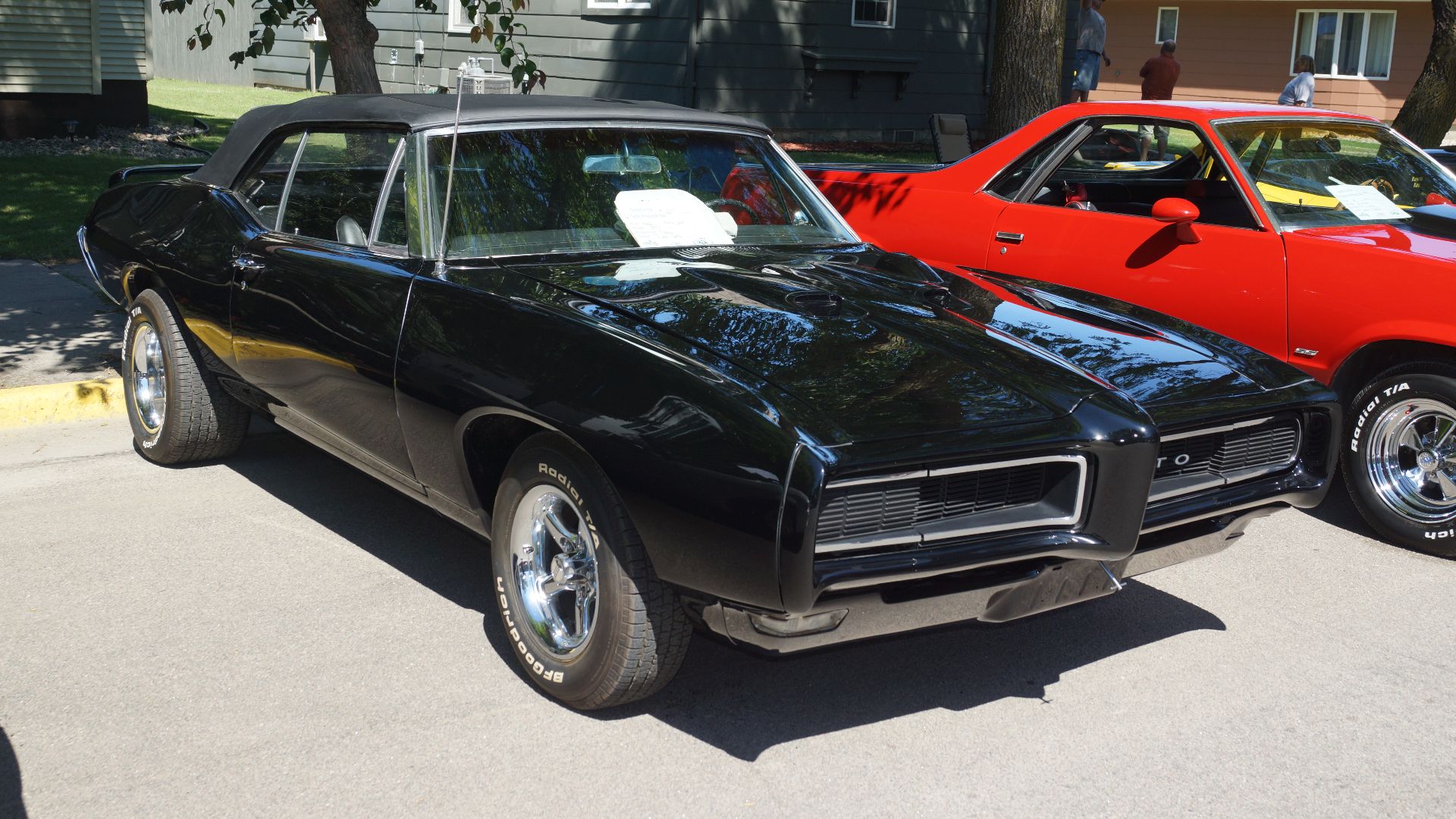 Greg Gjerdingen from Willmar, USA, Wikimedia Commons
Greg Gjerdingen from Willmar, USA, Wikimedia Commons
Mercury Montego
The four-door sedan was unveiled in 1968 as a less expensive muscle car on par with the Ford Torino. Offered in many engine sizes, from a 3.3L inline-six to a 7.0L V8, the Montego changed designers in 1971 and the Montego went all hard-top as the convertible was ditched. Sales were steady at first, but began to fall off after 1975.
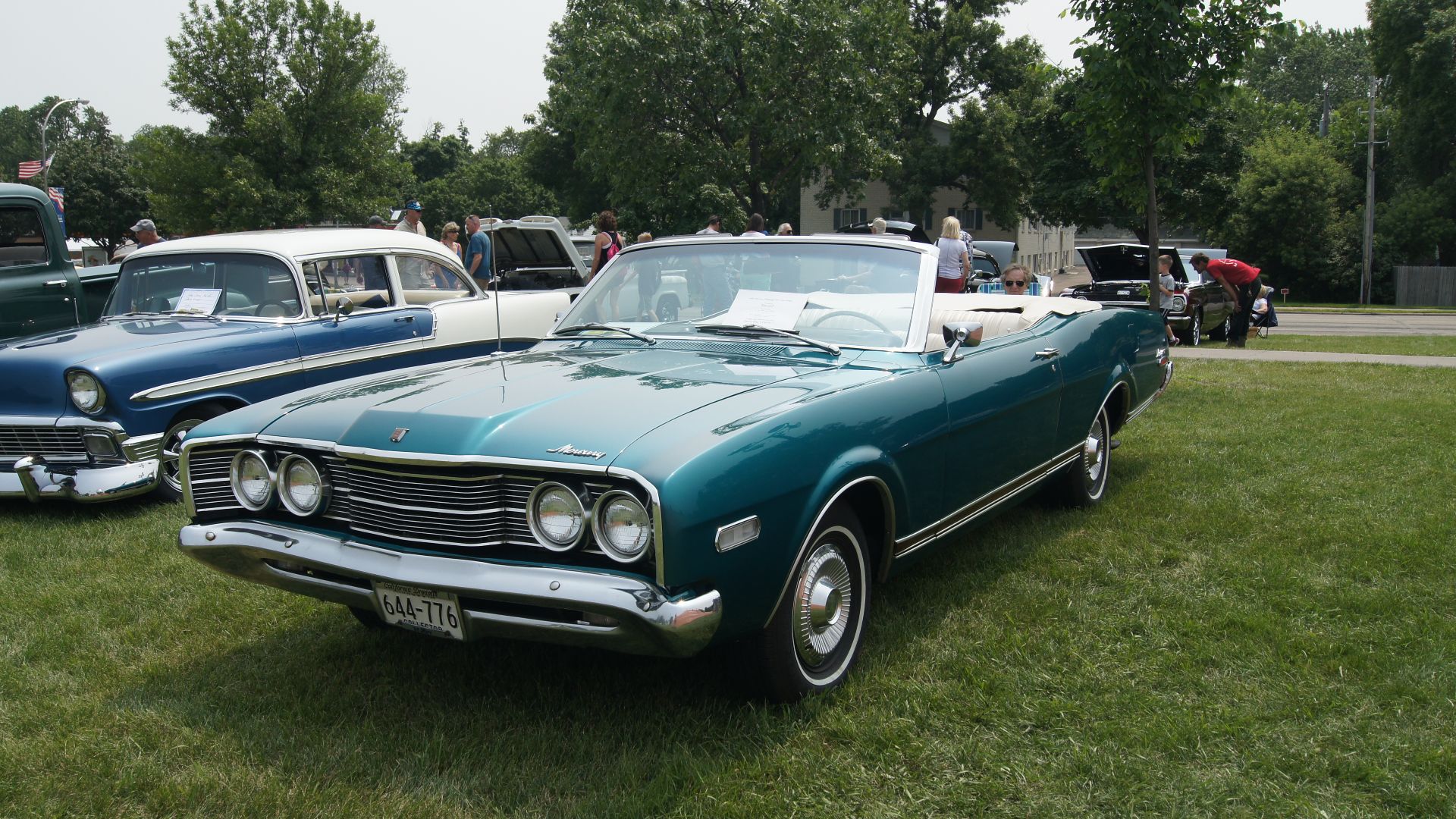 Greg Gjerdingen from Willmar, USA, Wikimedia Commons
Greg Gjerdingen from Willmar, USA, Wikimedia Commons
Mercury Montego (Cont'd)
This led to the Montego being completely discontinued by 1978 and ended a 10-year run as one of Ford's favorite subsidiary cars. Did you own a Montego? What did you like about it? Let us know in the comments below.
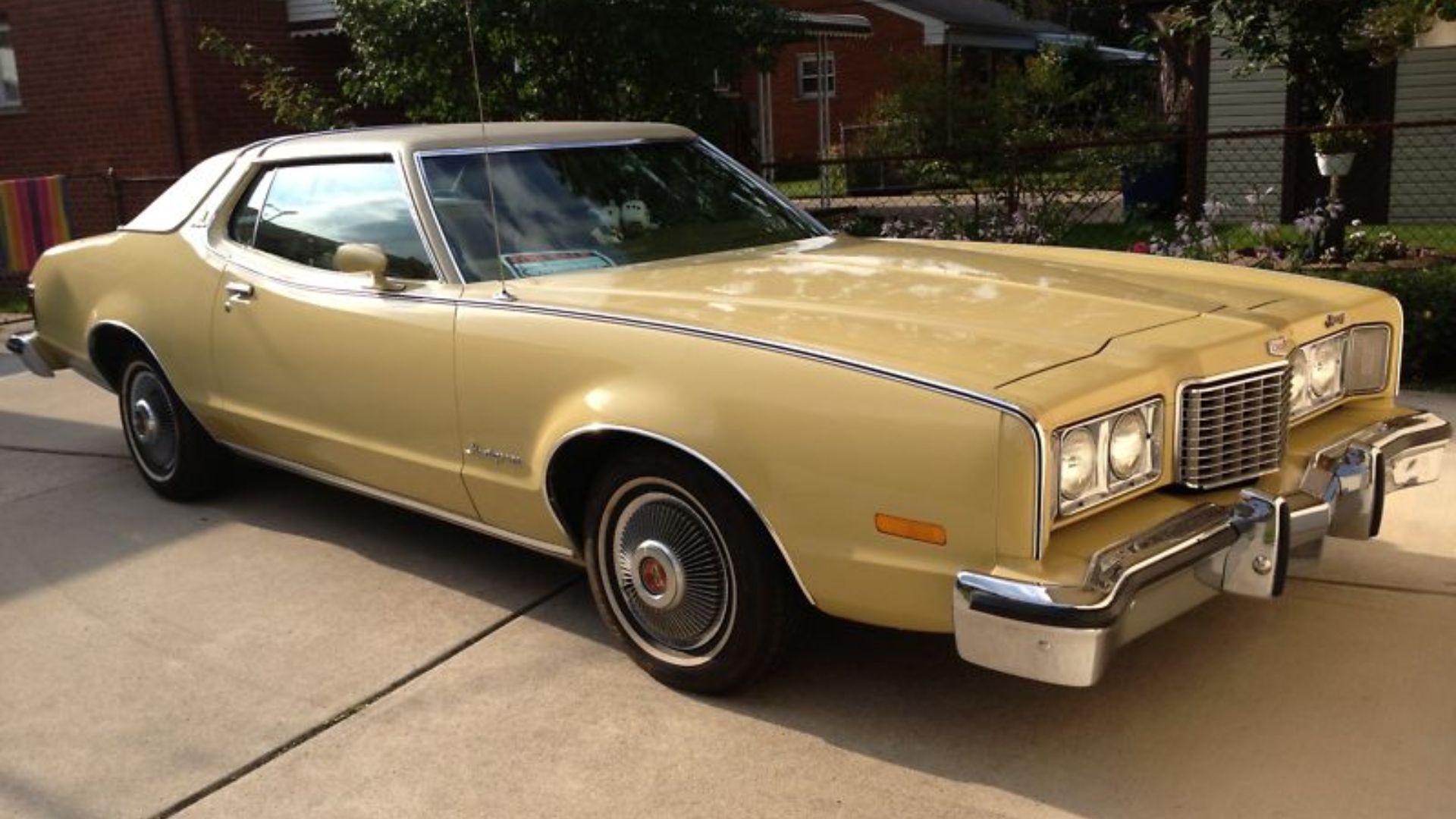 That Hartford Guy, Wikimedia Commons
That Hartford Guy, Wikimedia Commons
You May Also Like:
Collector Cars That Have Turned Out To Be The Best Investment
Car Myths Everyone Believes, But Are Totally False


